The Ultimate Mattress Guide: A Sleep Guru’s Perspective
Picking a mattress is like searching for a needle in a haystack. With so many options out there today, it can be overwhelming. The choices are endless, from traditional innerspring mattresses that offer tried and genuine support to modern memory foam mattresses that contour and relieve pressure.
Each type has its own features that cater to different sleep preferences, body types, and health needs. For example, hybrid mattresses offer the best of both worlds: innerspring coils for support and foam layers for plush comfort. Latex mattresses are great for those looking for a durable, eco-friendly option with a natural bounce.
It’s not just for a good night’s sleep; making an informed decision is crucial for your overall well-being. Bad mattress choices can lead to back pain, restless sleep, or even long-term posture problems. Factors like firmness level, size, material, and your sleep position—back sleeper, side sleeper, or stomach sleeper—all play a significant role in choosing the right mattress.
Knowing these will help you choose a mattress that’s right for you. Let’s get into the details so you can find the perfect fit for the sleep you deserve.
Mattress Types
Before you start shopping, it's crucial to understand the main types of mattresses available. This knowledge will empower you to make an informed decision, as each type has its own benefits and drawbacks, making it suitable for different sleepers and needs.
1- Memory Foam Mattresses
Memory foam has changed the sleep industry with its ability to mold your body. These mattresses are great at pressure point relief and motion isolation, perfect for couples and side sleepers. Modern versions have addressed the traditional heat retention issue with cooling technologies like gel infusion and open-cell structure. But some people find the “hugging” too intense, and these mattresses can make it harder to move around.
2- Innerspring Mattresses
The classic innerspring design is still popular for a reason. These mattresses have good breathability, strong edge support, and a responsive bounce that many sleepers love. The coil system provides good support and helps maintain spinal alignment. Traditional innersprings transfer more motion between partners, but newer models with individually wrapped coils have improved this aspect.
3- Hybrid Mattresses
Combining the best of both worlds, hybrid mattresses have a coil support system topped with foam or latex layers. This design gives you the pressure relief of foam with the airflow and responsiveness of springs. They’re perfect for sleepers who want the conforming benefits of foam without feeling “stuck” in their mattress. The only drawback is that good hybrid mattresses have a higher price tag.
4- Latex Mattresses
Natural latex mattresses are becoming popular among eco-friendly consumers. They have good durability, natural cooling properties, and a unique feel different from memory foam. They’re more expensive, but their longevity justifies the investment. They’re also naturally dust mite and allergen resistant so perfect for allergy sufferers.
Factors to Consider When Choosing Your Mattress
1- Sleep Position and Personal Preferences
Your sleep position and personal preferences should play a significant role in your mattress choice. Side sleepers need softer surfaces that cushion shoulders and hips, and back and stomach sleepers need firmer support to maintain spinal alignment. If you switch positions often, look for a medium-firm mattress accommodating different positions. This consideration ensures that your unique needs are catered to.
2- Sleep Position and Personal Preferences
Your sleep position and personal preferences should play a significant role in your mattress choice. Side sleepers need softer surfaces that cushion shoulders and hips, and back and stomach sleepers need firmer support to maintain spinal alignment. If you switch positions often, look for a medium-firm mattress accommodating different positions. This consideration ensures that your unique needs are catered to.
3- Temperature Regulation
If you sleep hot, prioritize mattresses with cooling features. Innerspring and latex mattresses have better airflow. If you prefer memory foam, look for ones with cooling technologies like gel infusion, phase-change materials, or open-cell structure. The right temperature can make a big difference to your sleep.
4- Partner Considerations
Sharing your bed with a partner adds another layer to consider. Look for mattresses with sound motion isolation so you won’t disturb each other during sleep. Edge support becomes more critical as couples use the entire mattress surface. Consider your preferences and look for a mattress that can accommodate both.
Breaking In Your New Mattress
Many don’t realize that new mattresses need a break-in period. The materials adjust to your body weight and sleeping patterns during this time. This process takes 30-90 days, depending on the mattress type. Don’t be discouraged if your new mattress doesn’t feel perfect immediately—give it time to reach its intended feel.
During the break-in period:
- Sleep on it consistently
- Rotate it regularly (unless manufacturer instructions say otherwise)
- Keep your bedding clean and protected
- Pay attention to how your body adjusts to the new surface
Maintaining Your Investment
A good mattress is a significant investment in your health and well-being. It's important to remember that proper maintenance can extend its life and keep it comfortable for years. This responsibility and commitment to maintenance will ensure that your investment pays off in the long run.
Essential Maintenance Tips:
- Use a mattress protector from day one
- Clean your mattress regularly
- Rotate your mattress every 3-6 months
- Use a quality foundation
- Address spills and stains immediately
When to Replace Your Mattress
Even the best mattresses will need replacement. Watch out for these signs that it’s time for a new mattress:
- Visible sagging or indentations
- Waking up with pain or stiffness
- Feeling tired despite having enough sleep
- Noticeable decline in comfort
- Allergies or asthma symptoms
- Age of the mattress (7-10 years)
Making the Final Decision
When you’re ready to buy, consider these:
- Take advantage of trial periods offered by manufacturers
- Read the warranty terms
- Don’t be swayed by price – consider value and longevity
- Trust your comfort preferences over trendy features
- Consider your long-term health and sleep needs
The Bottom Line
While going for the cheapest option is easy, we spend about a third of our lives in bed. A good mattress is an investment in your health, productivity, and quality of life. Consider the cost per night over the life of the mattress rather than just the price tag.
Good mattresses cost:
- Budget: $300-$750
- Mid-range: $1000-$2000
- Luxury: $2000+
Higher prices don’t always mean better quality. Find the right features and comfort for you within your budget.
Conclusion
Choosing a mattress is a personal journey that requires you to consider your needs and preferences. Take your time to research, test when you can, and don’t rush the decision. A good mattress can make a big difference to your sleep and, by extension, your life.
There’s no such thing as a one-size-fits-all mattress – the best mattress for you is the one that gives you sleep night after night. By following this guide and listening to your body, you’ll be ready to make a decision that will lead to better sleep and healthier living.


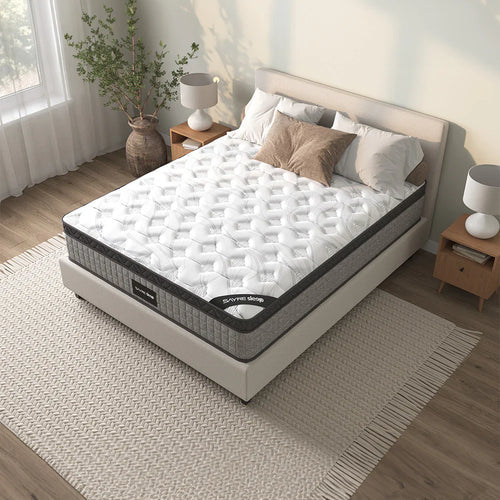


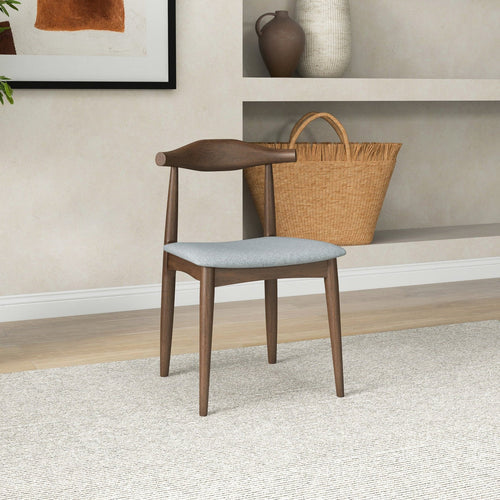

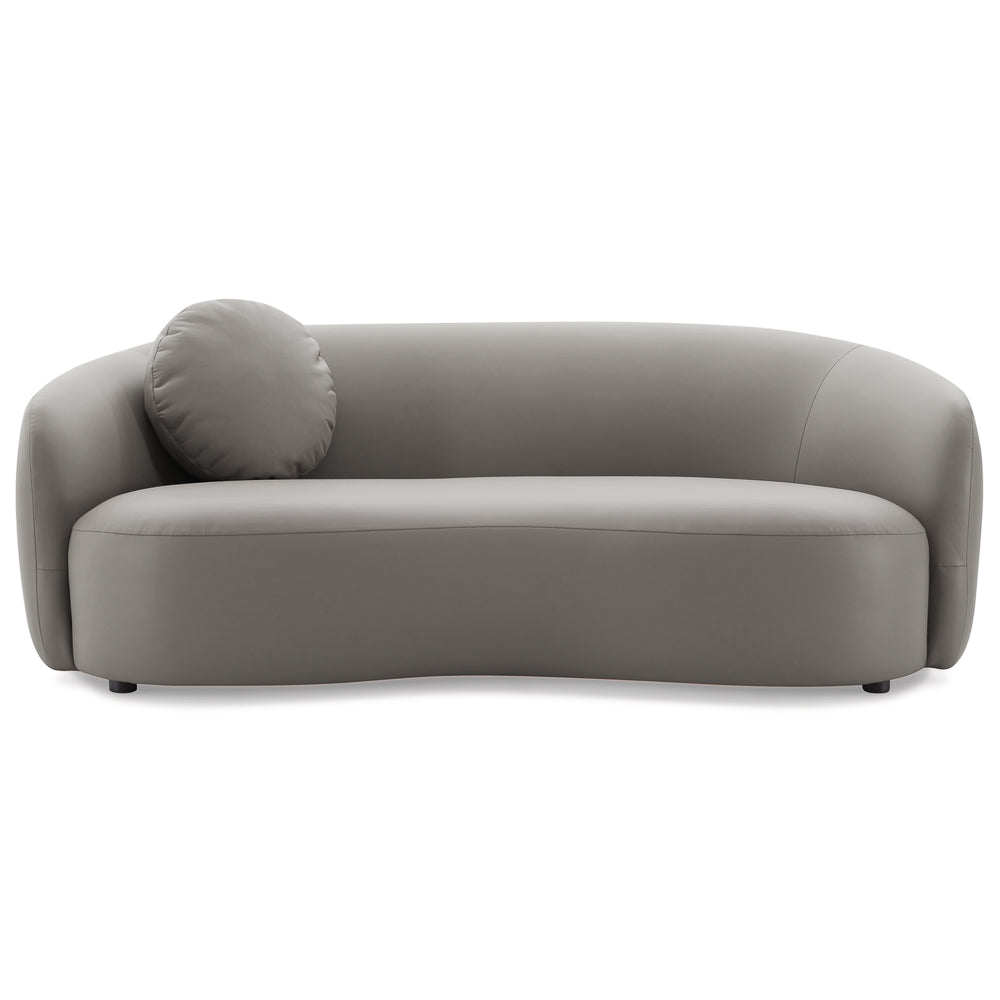
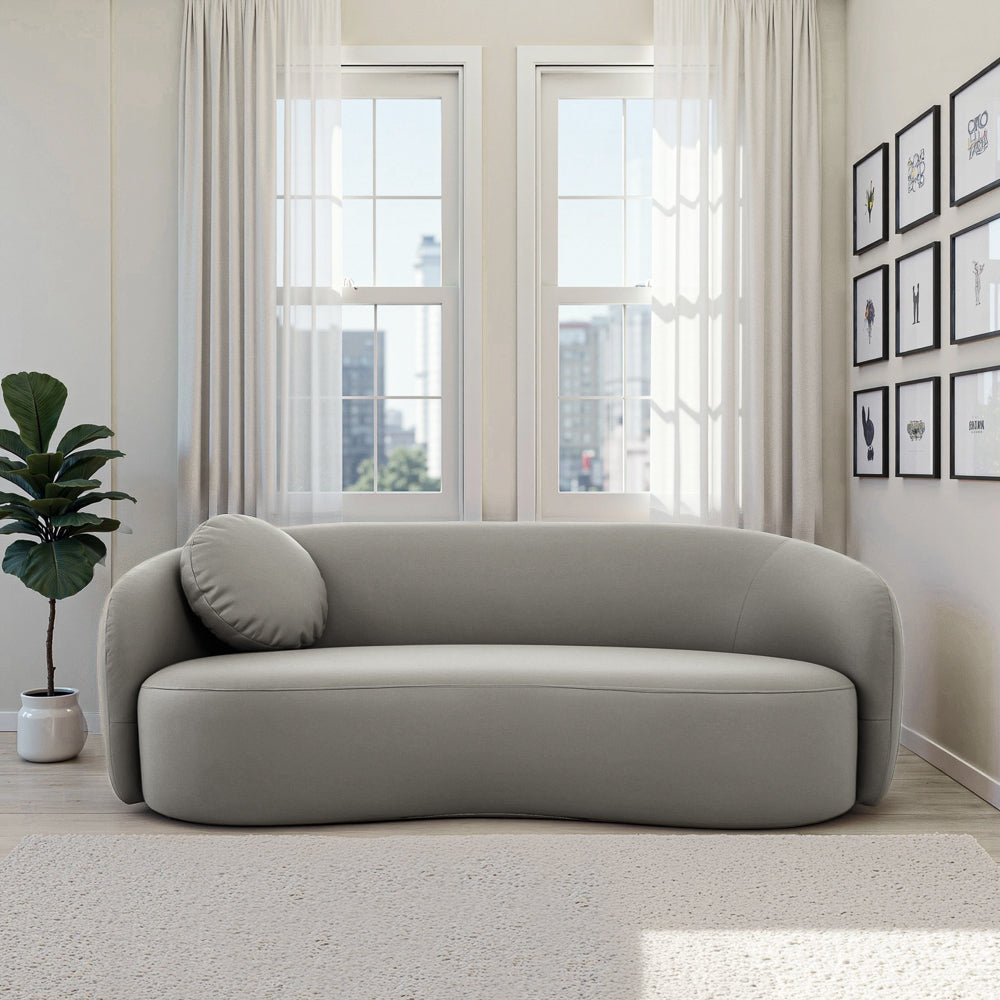
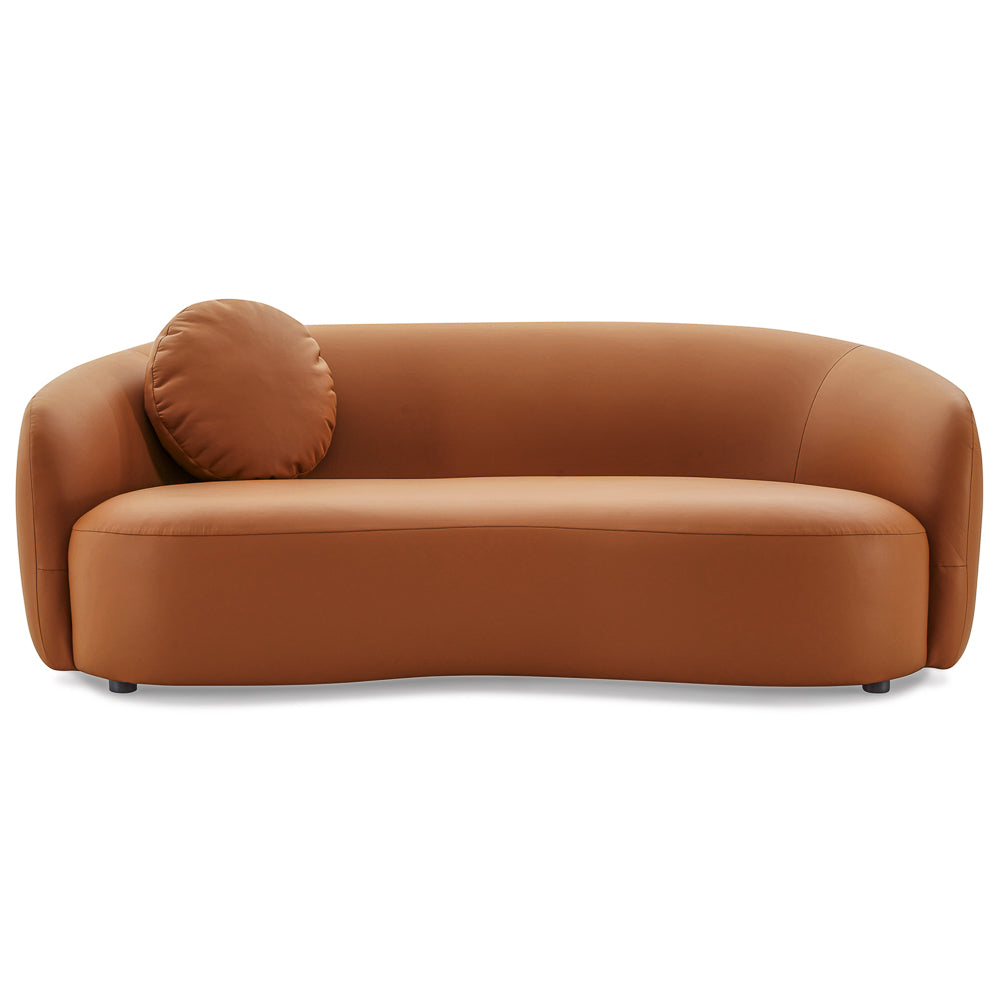
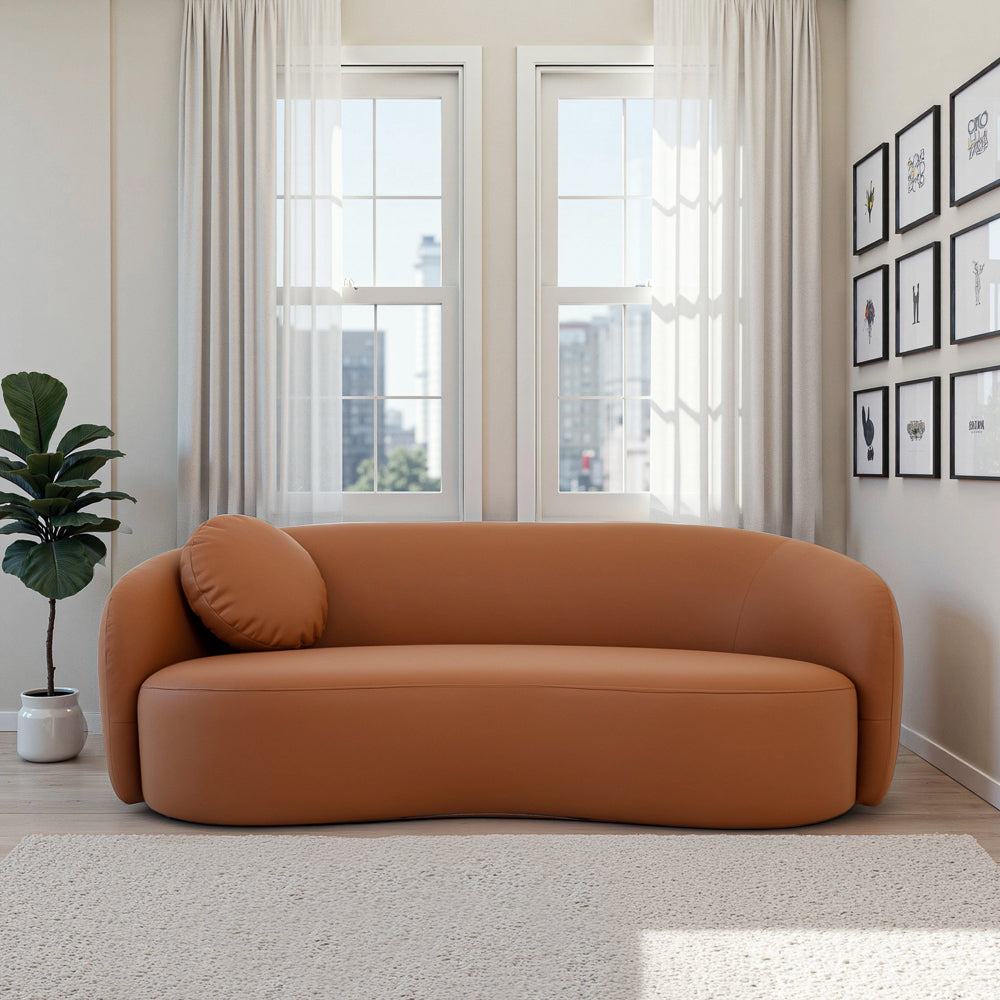
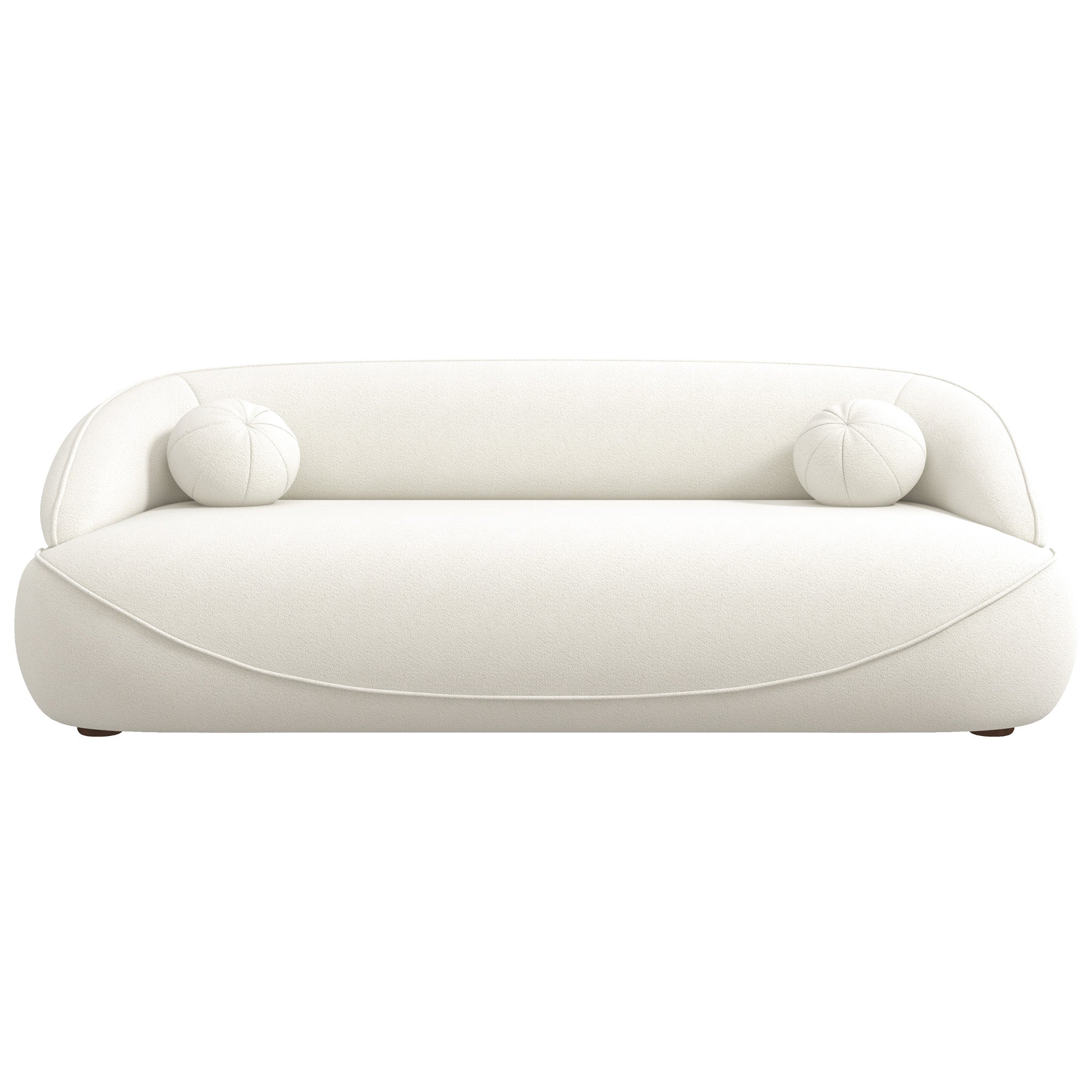
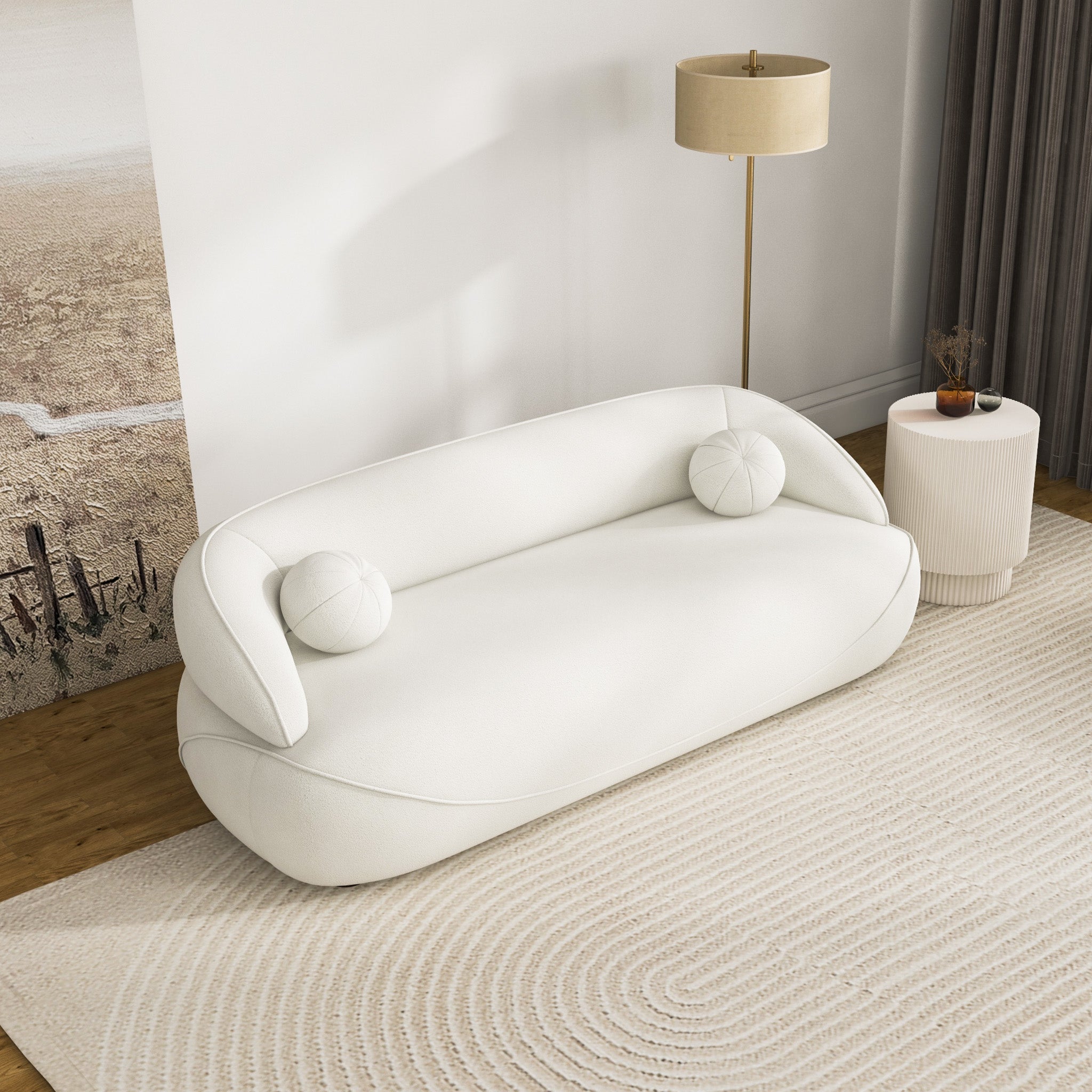
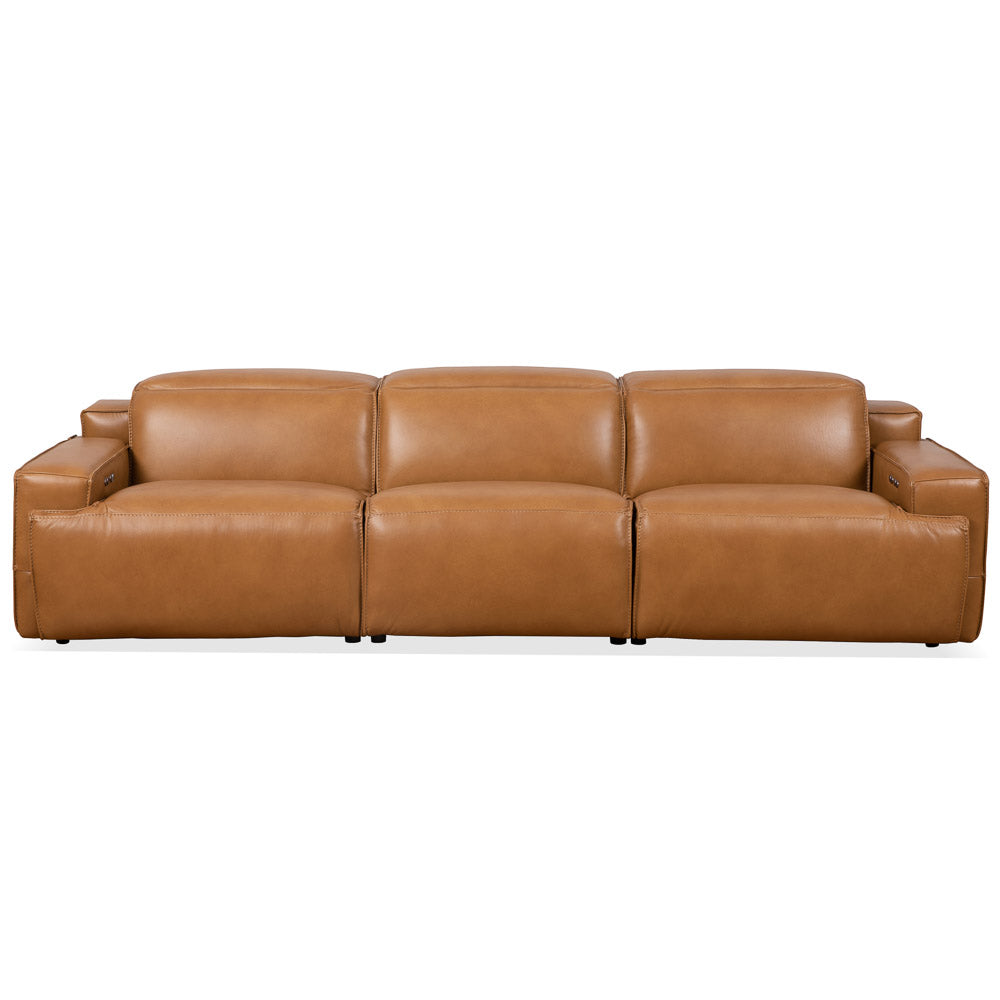

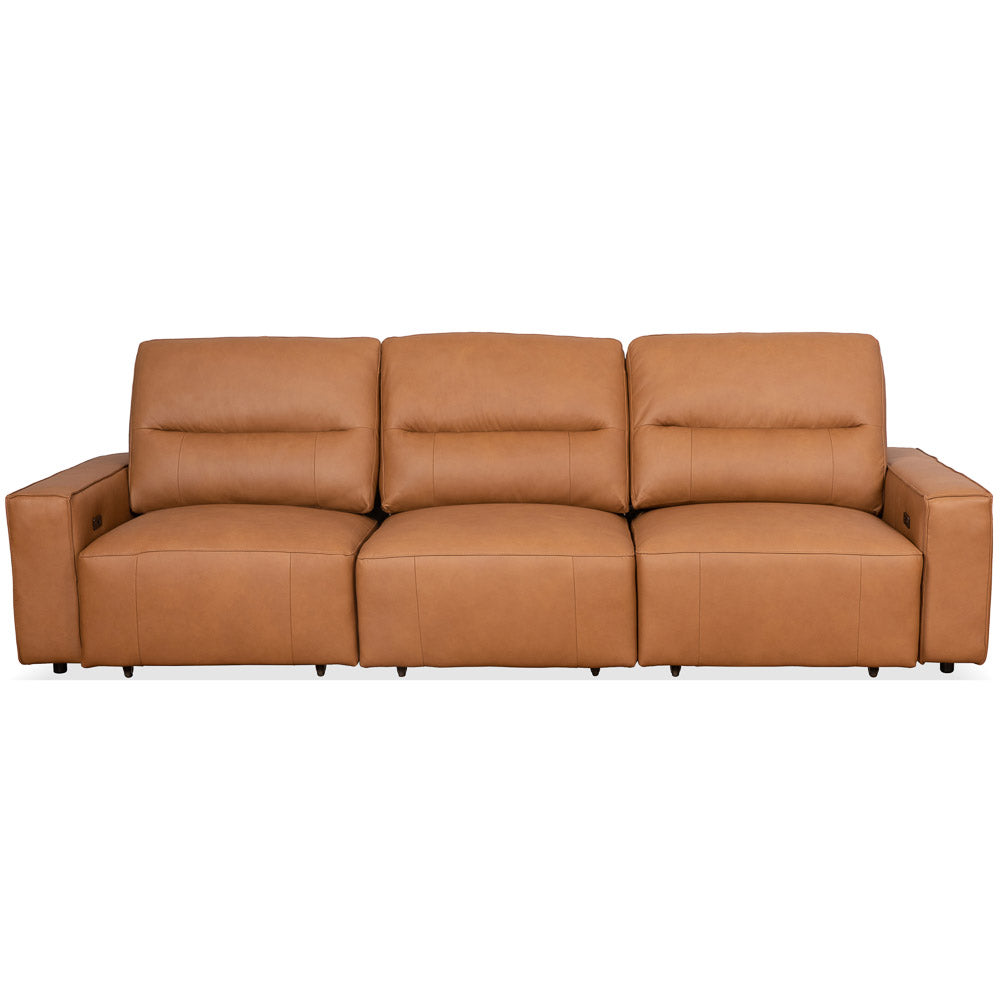
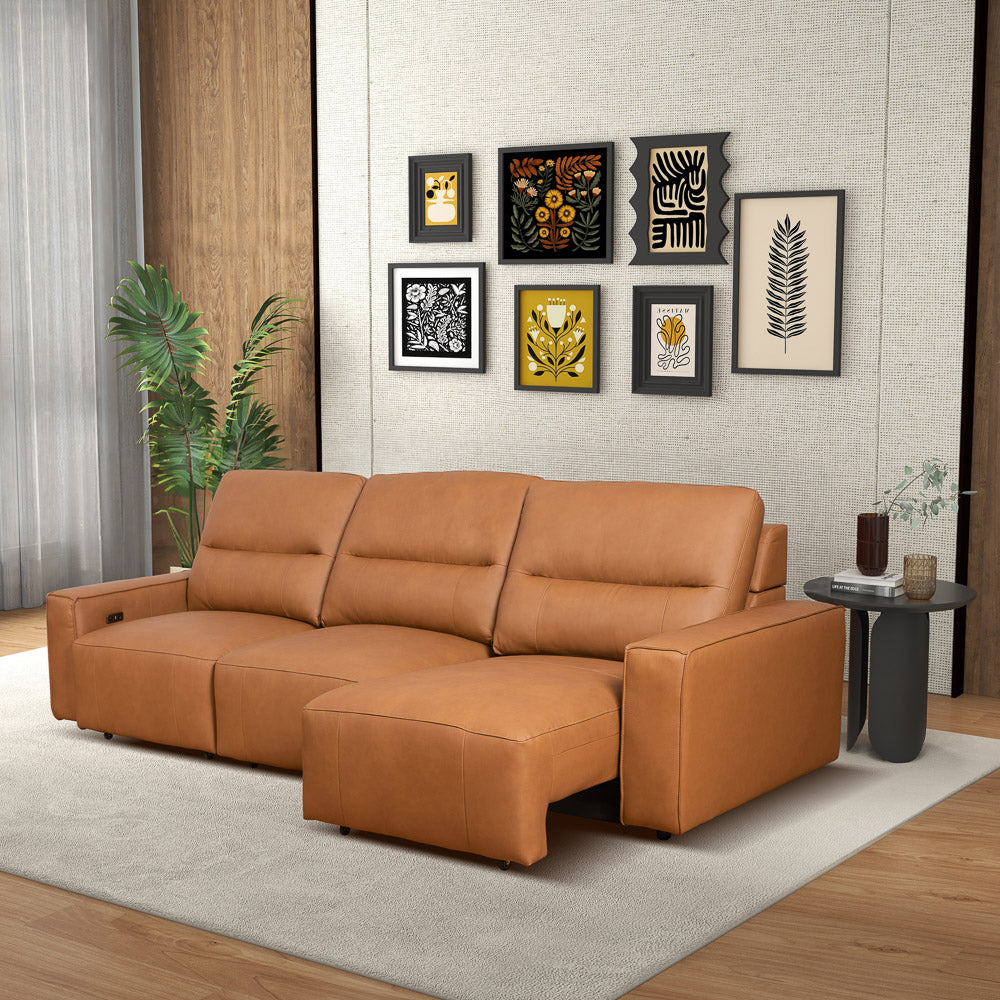
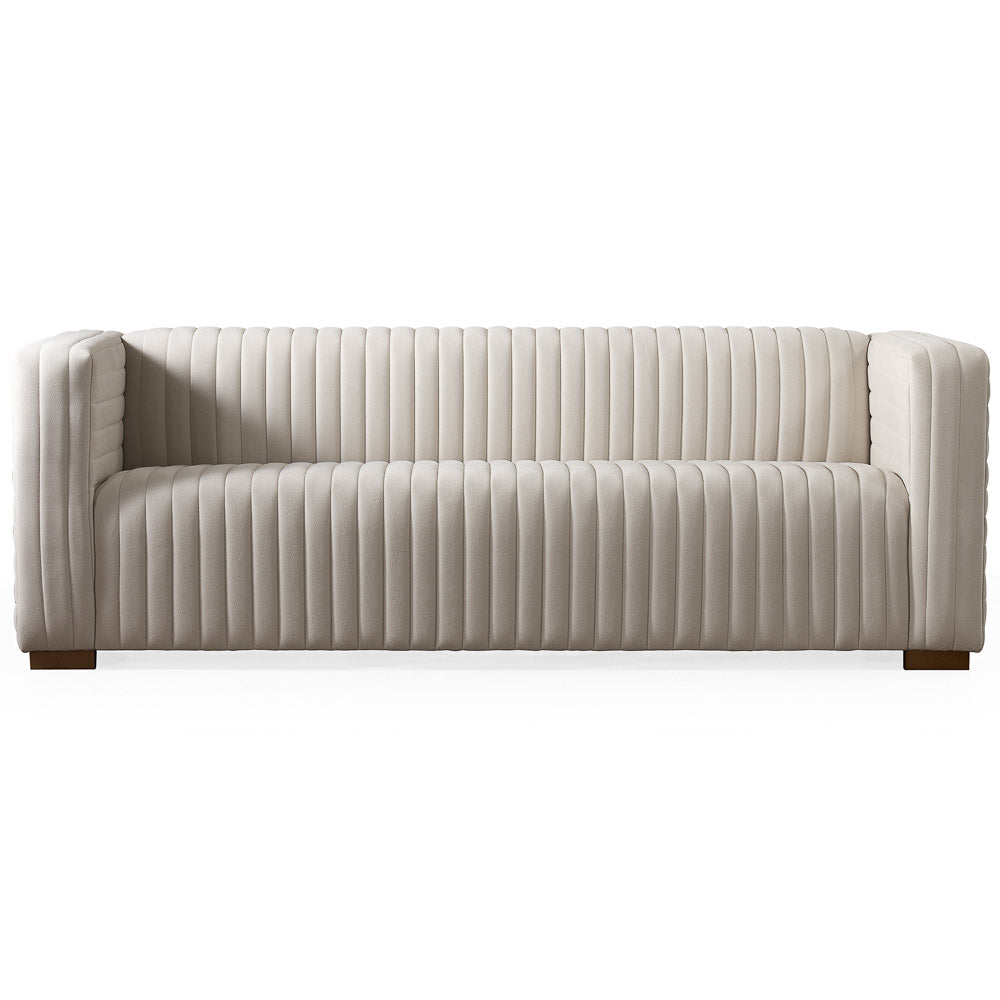
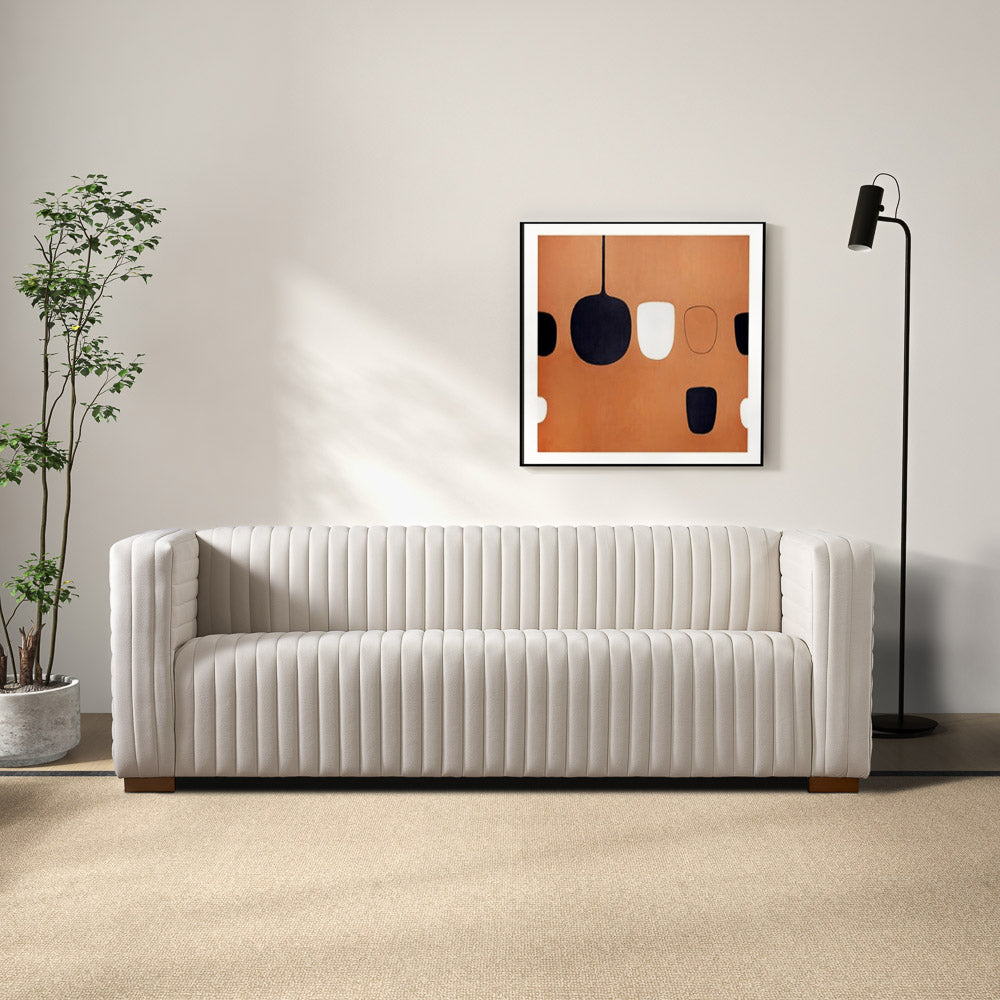
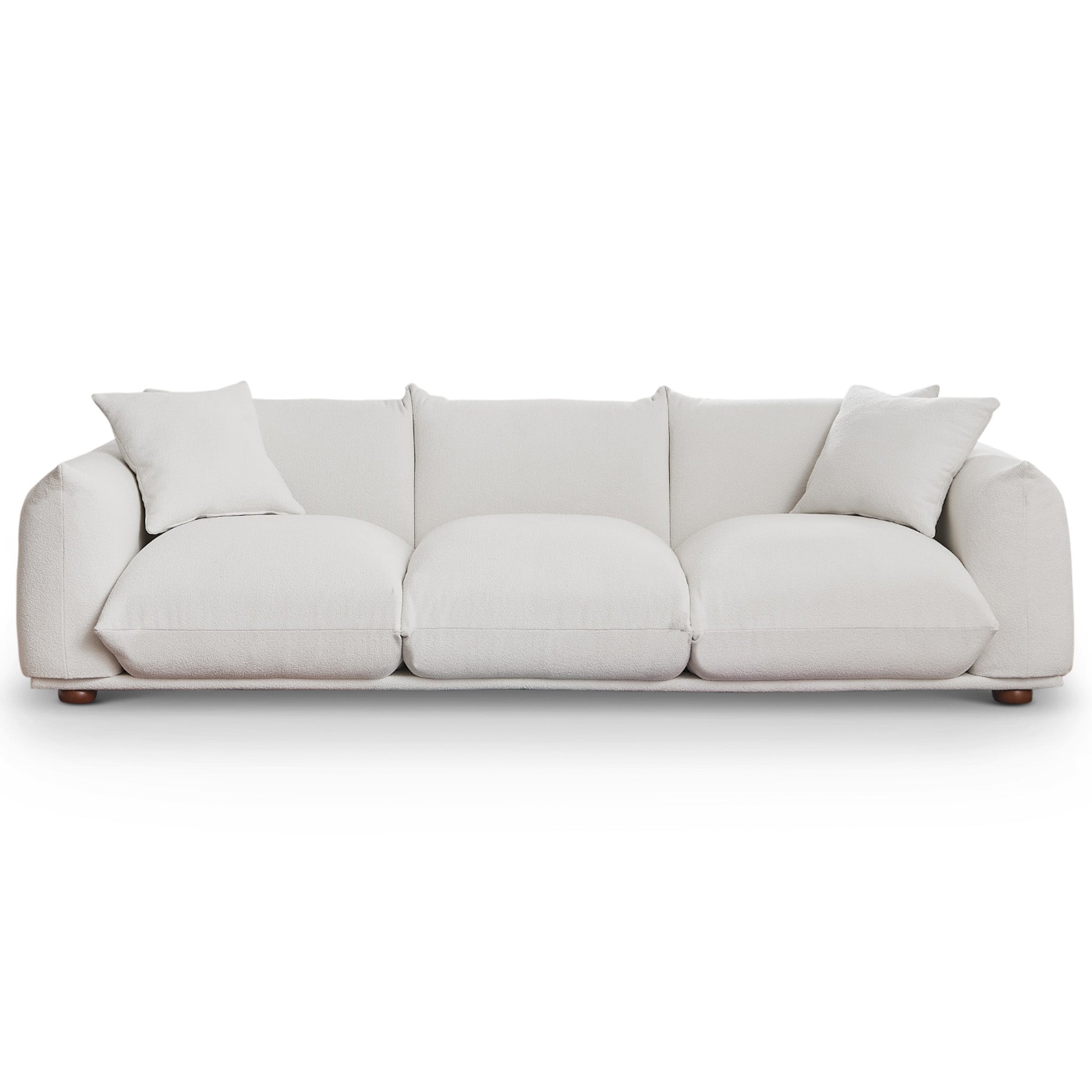
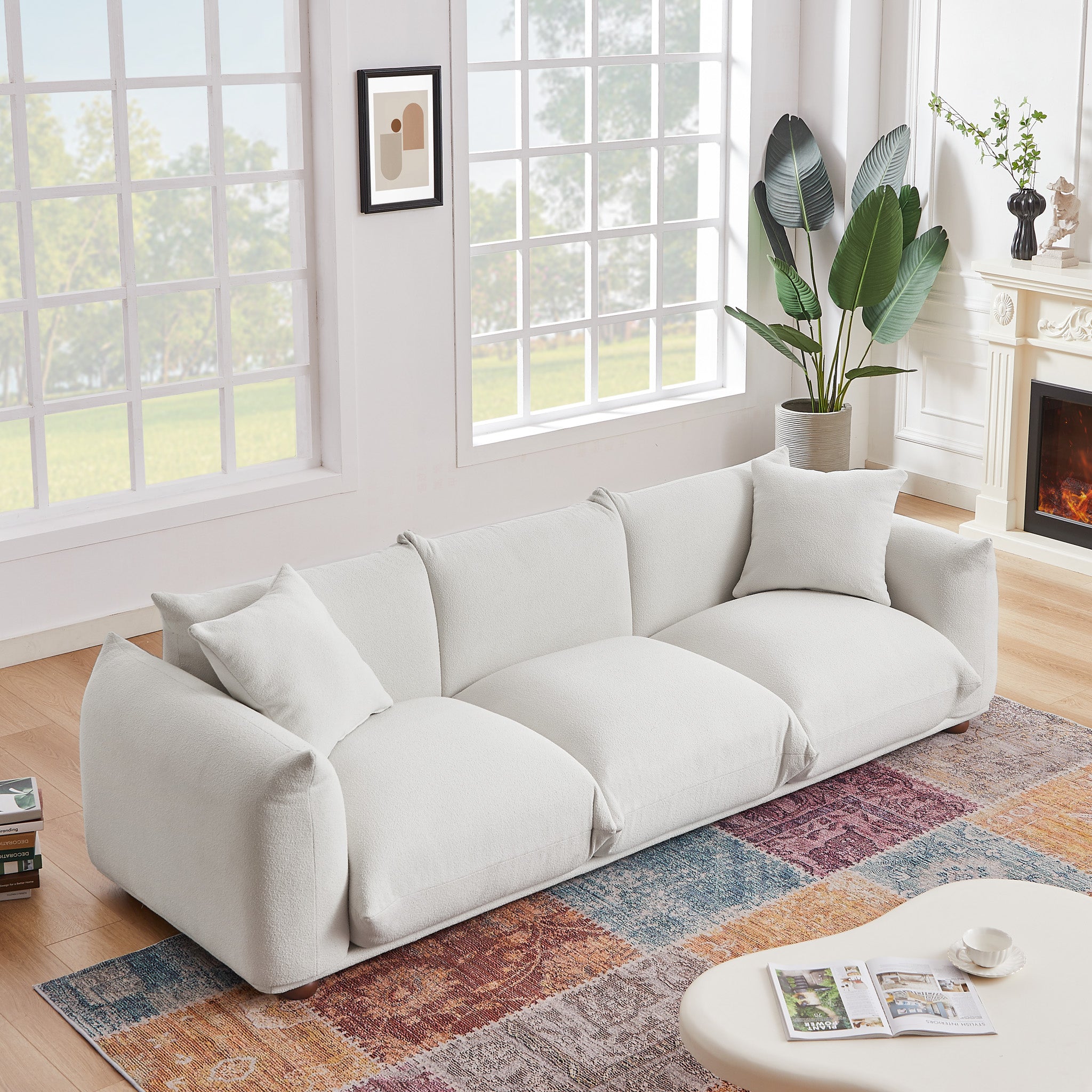
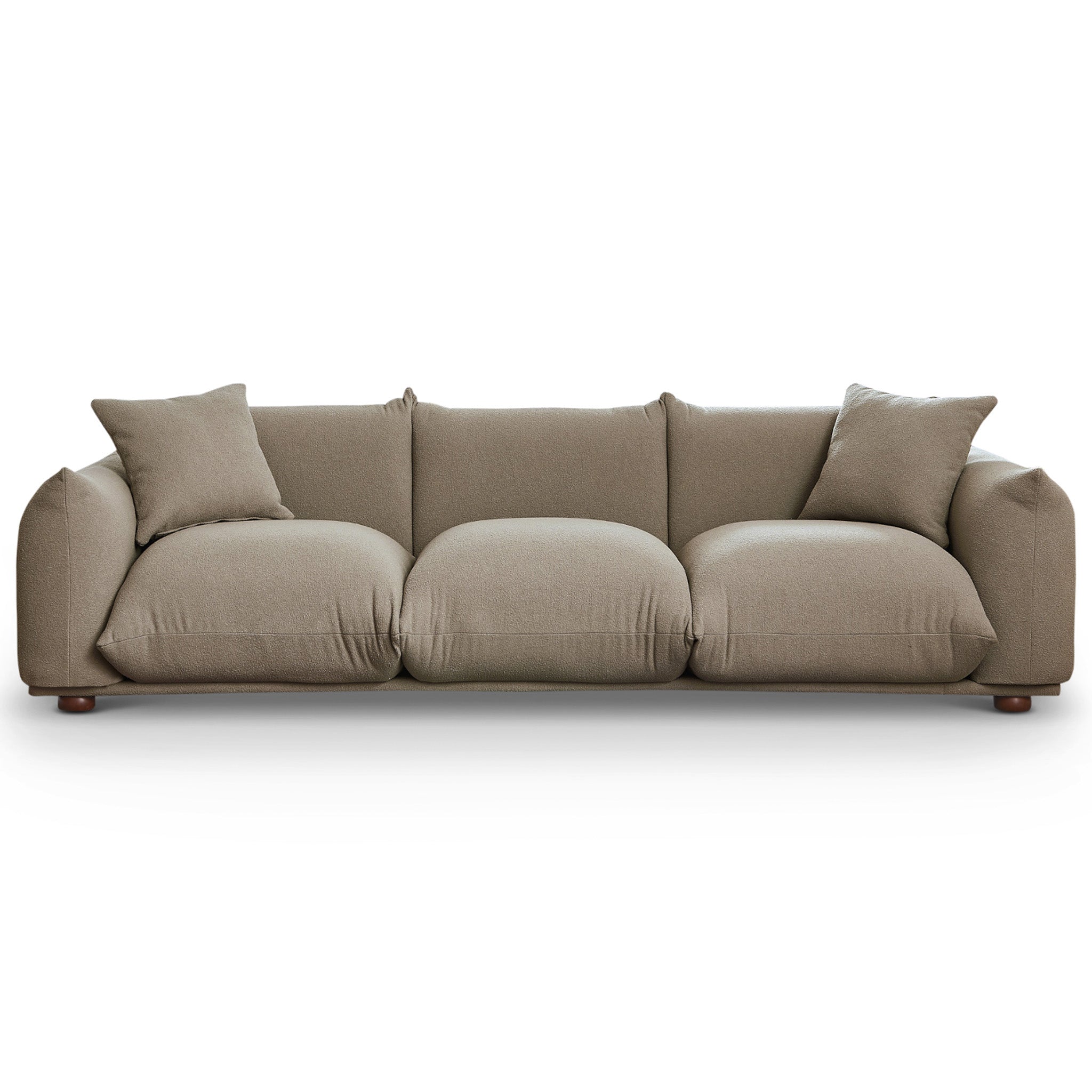
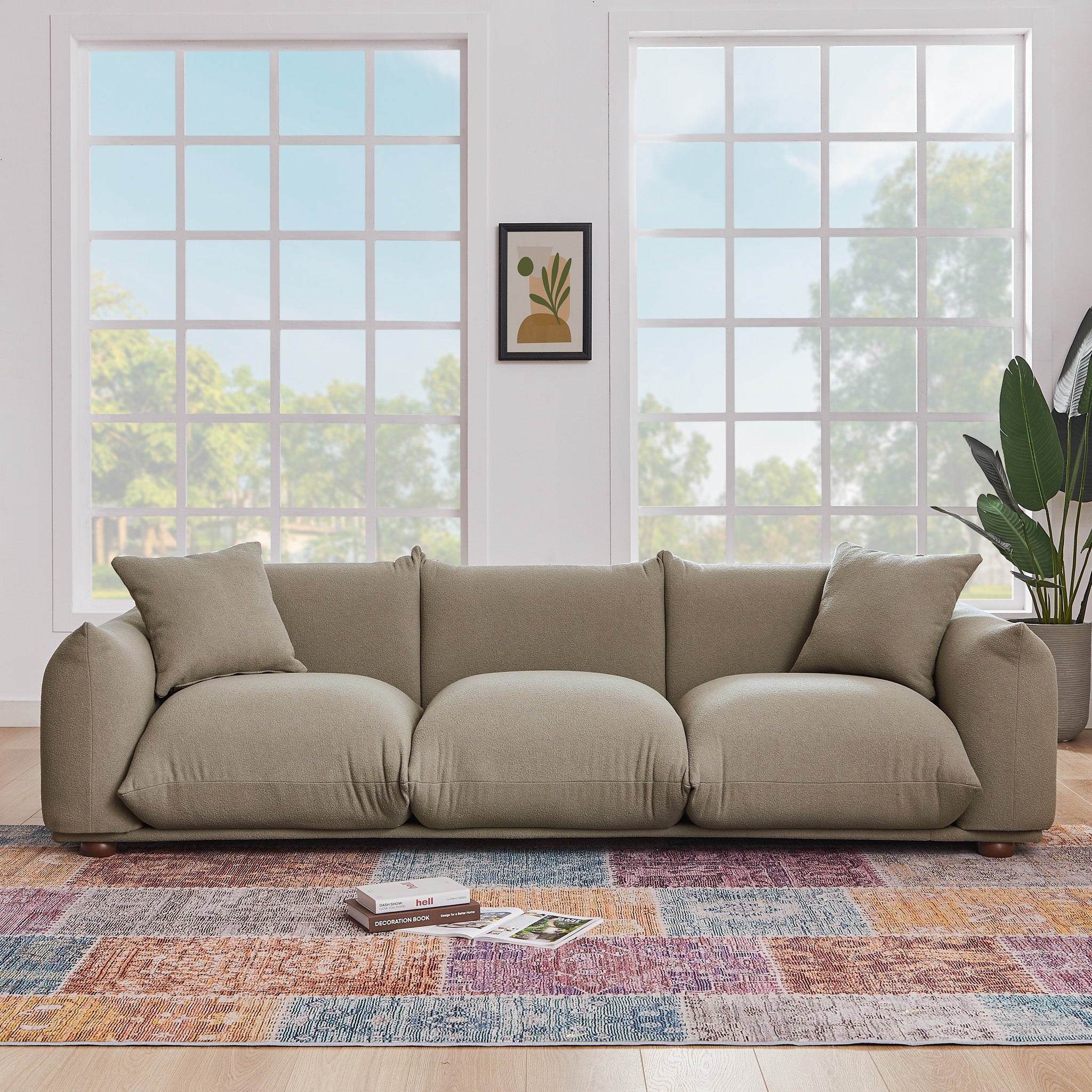
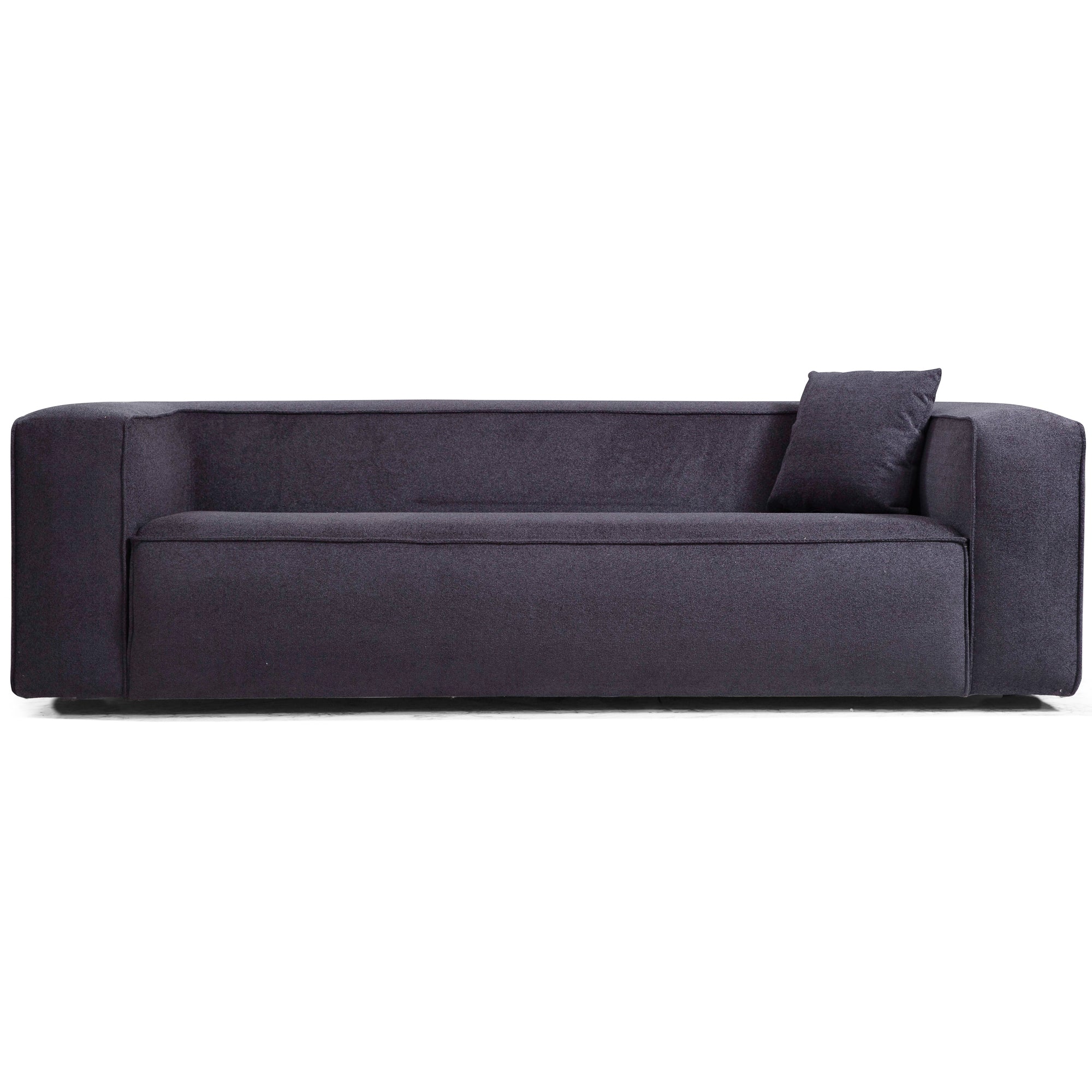
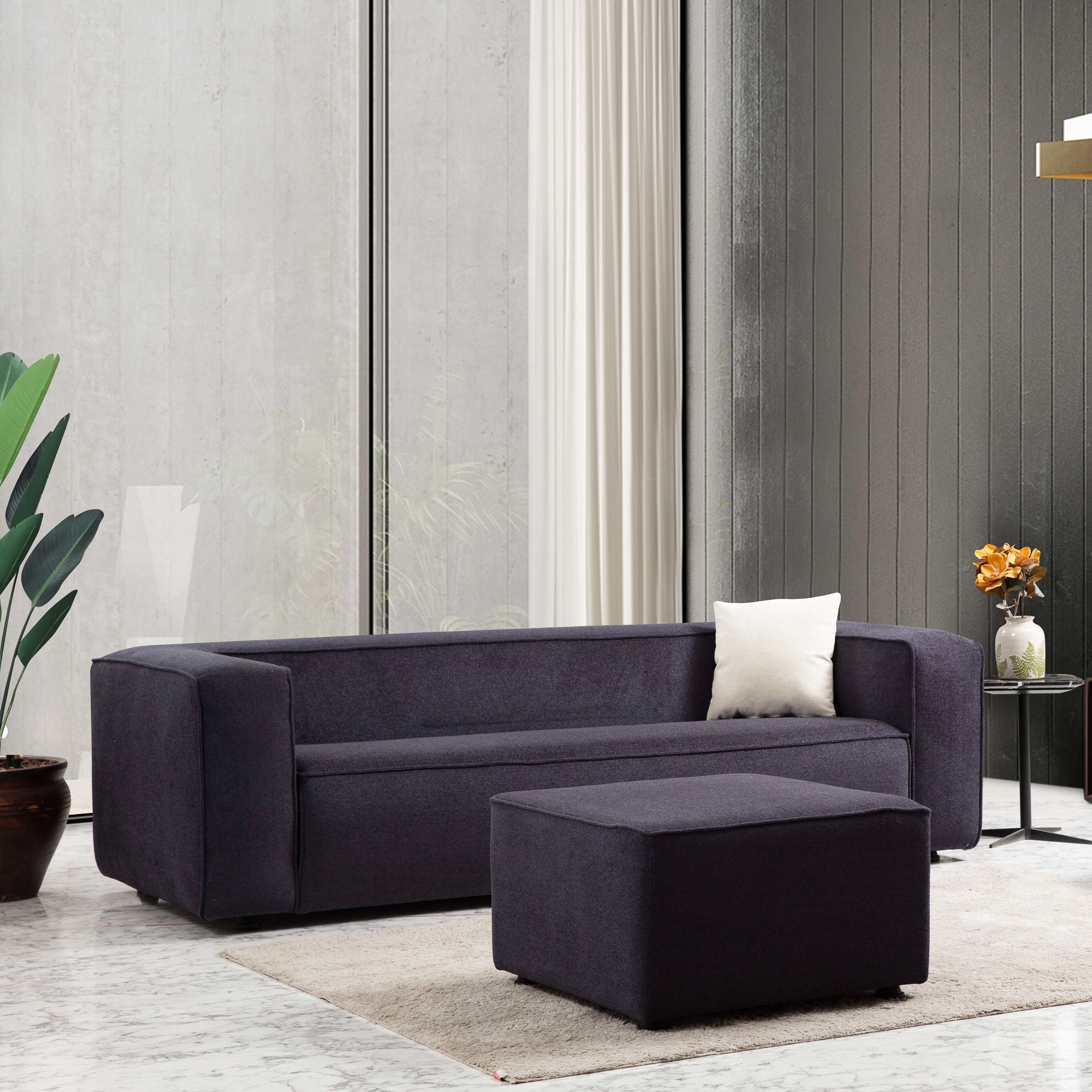
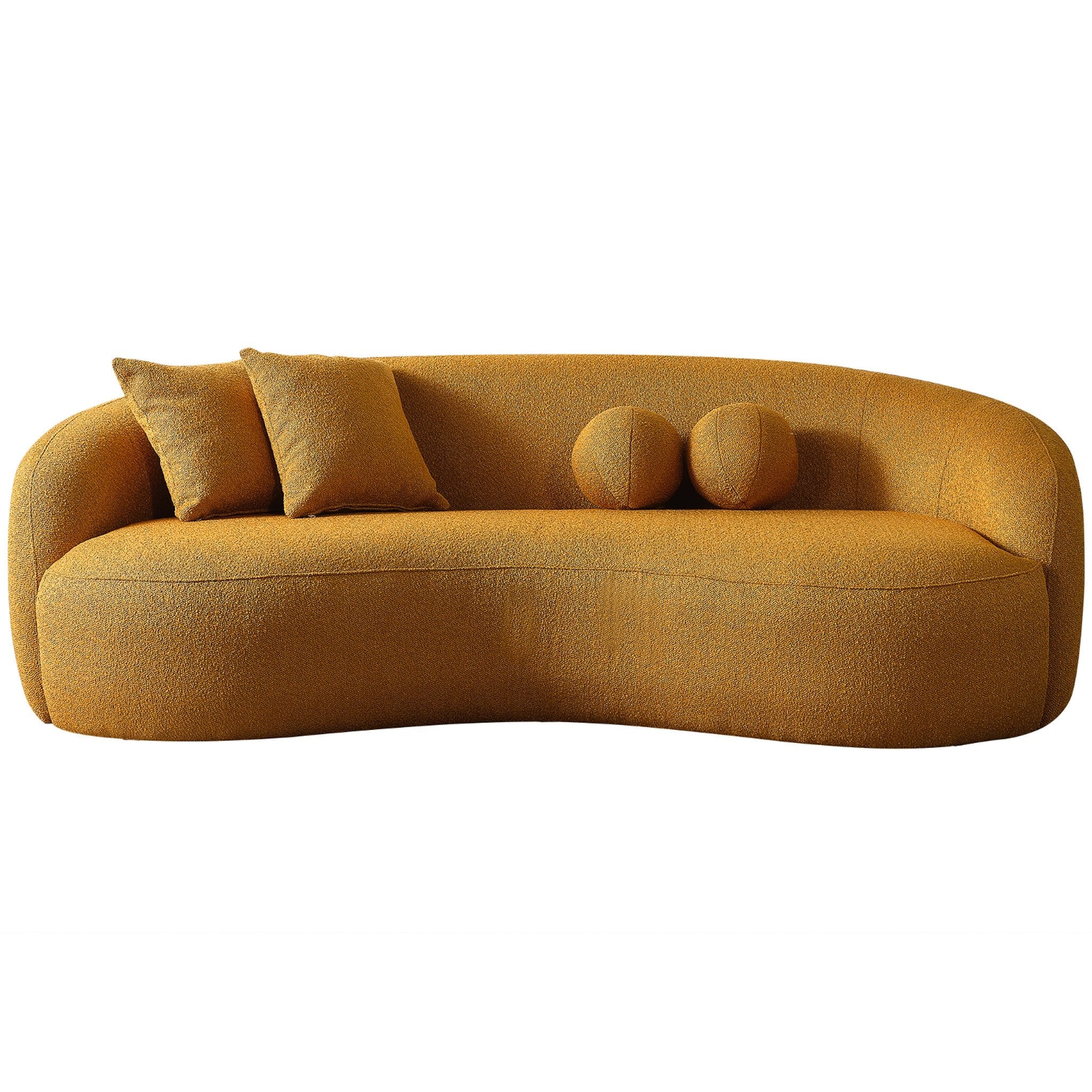

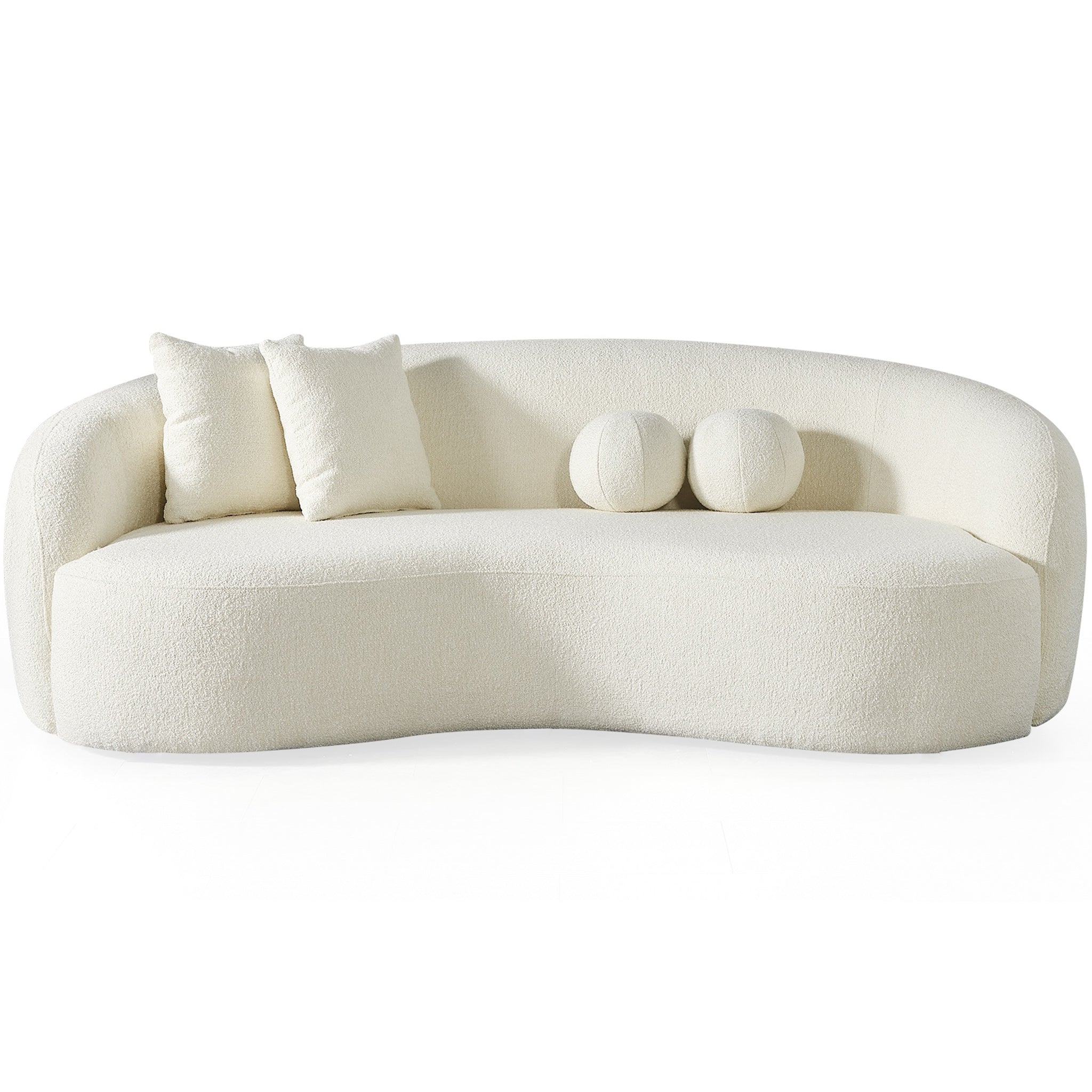

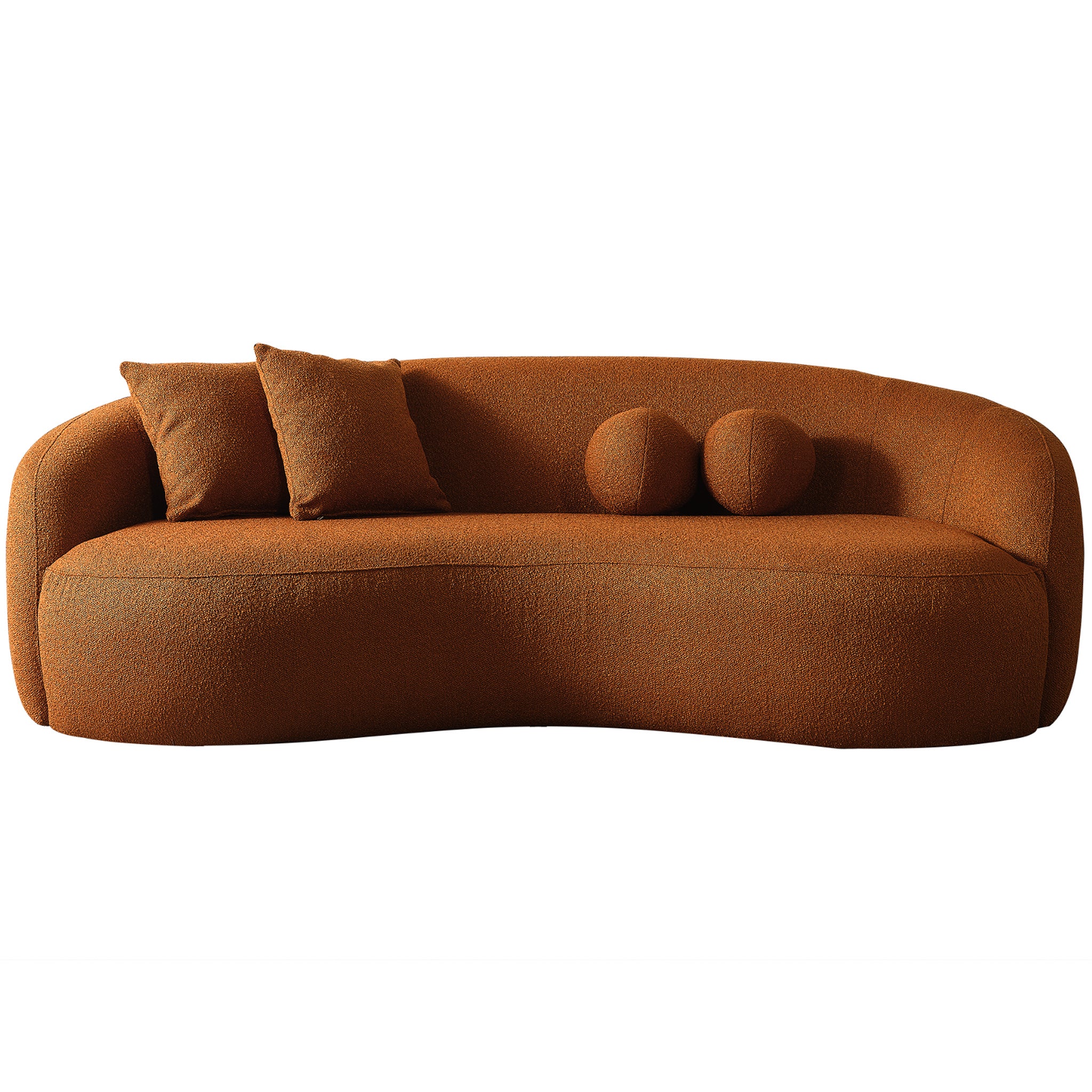
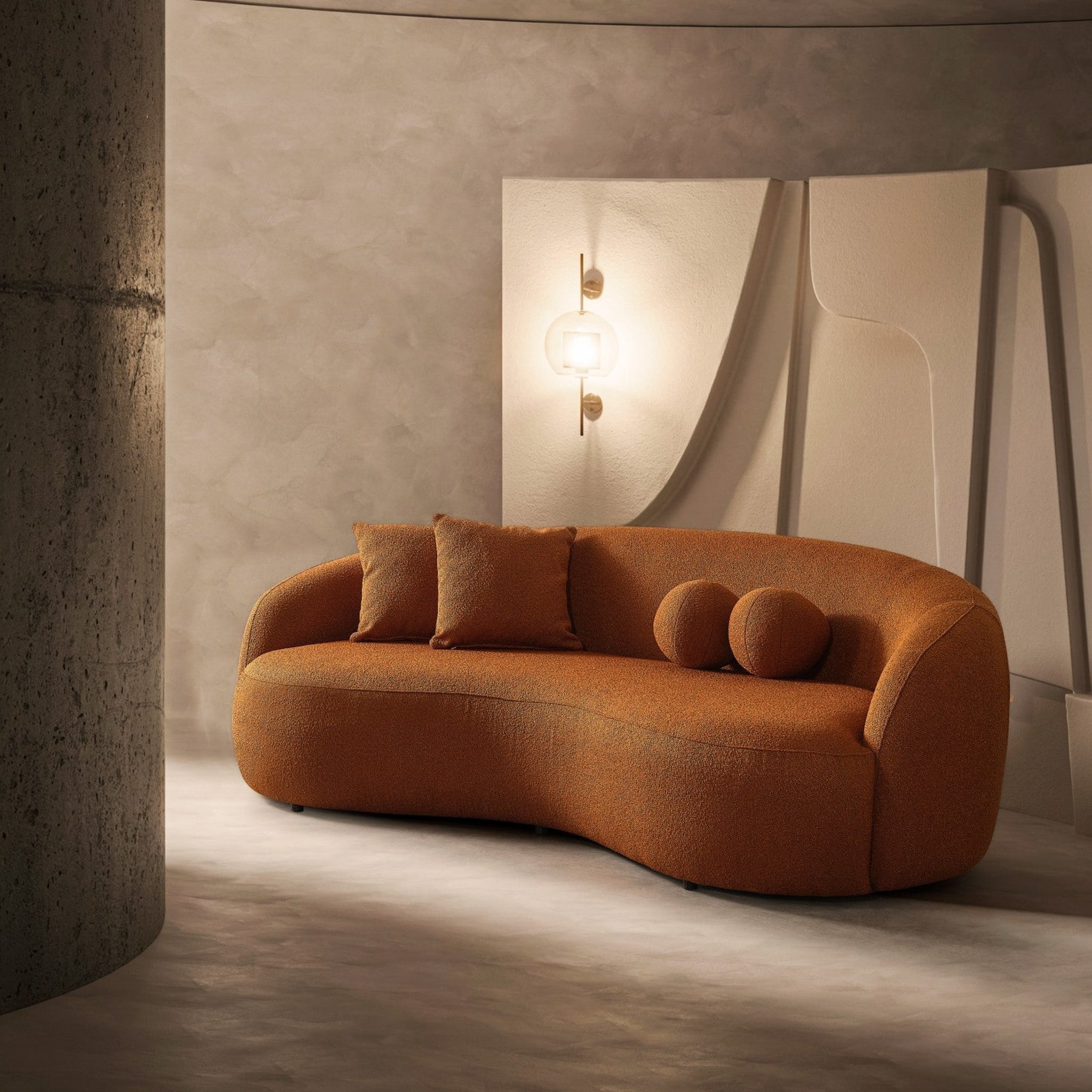
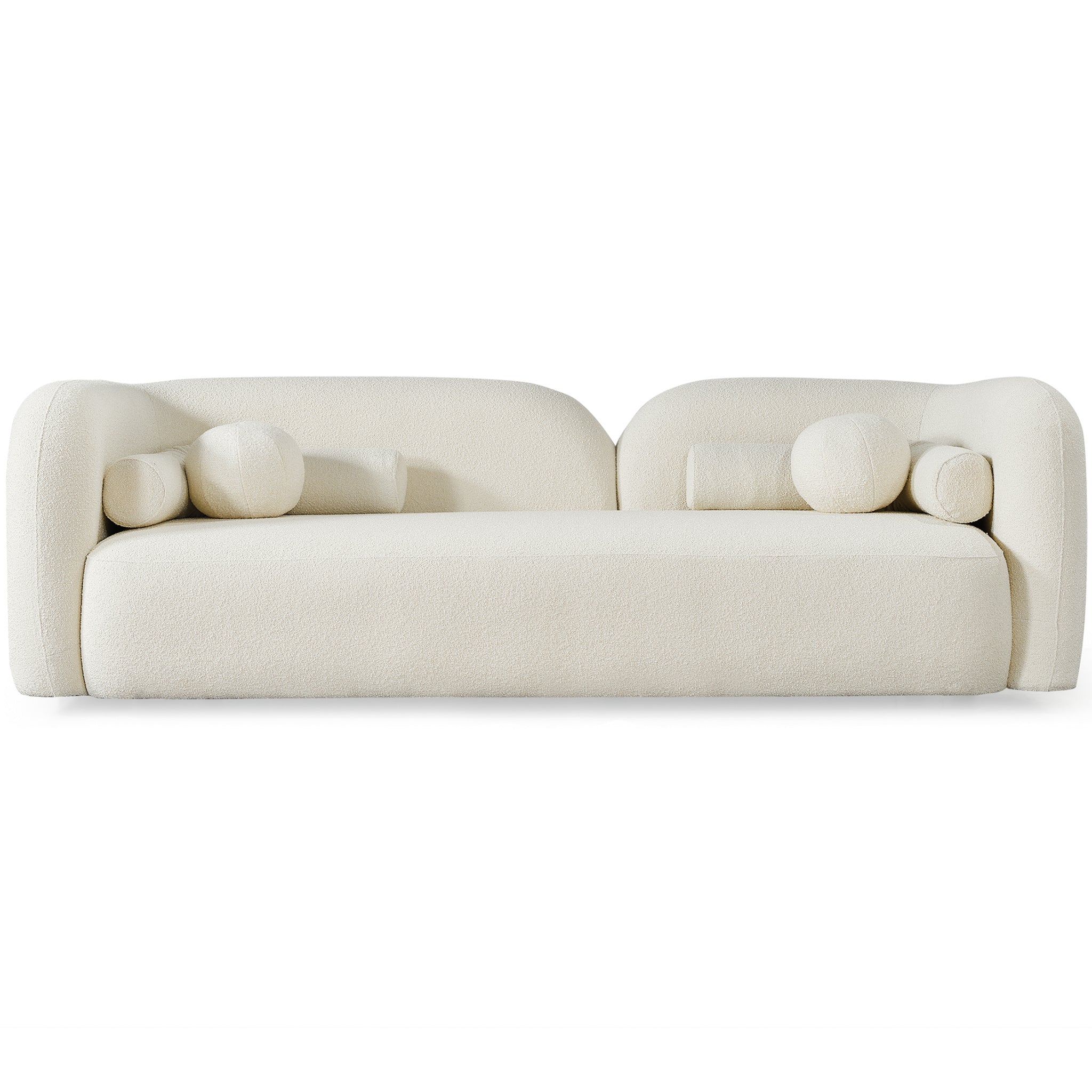

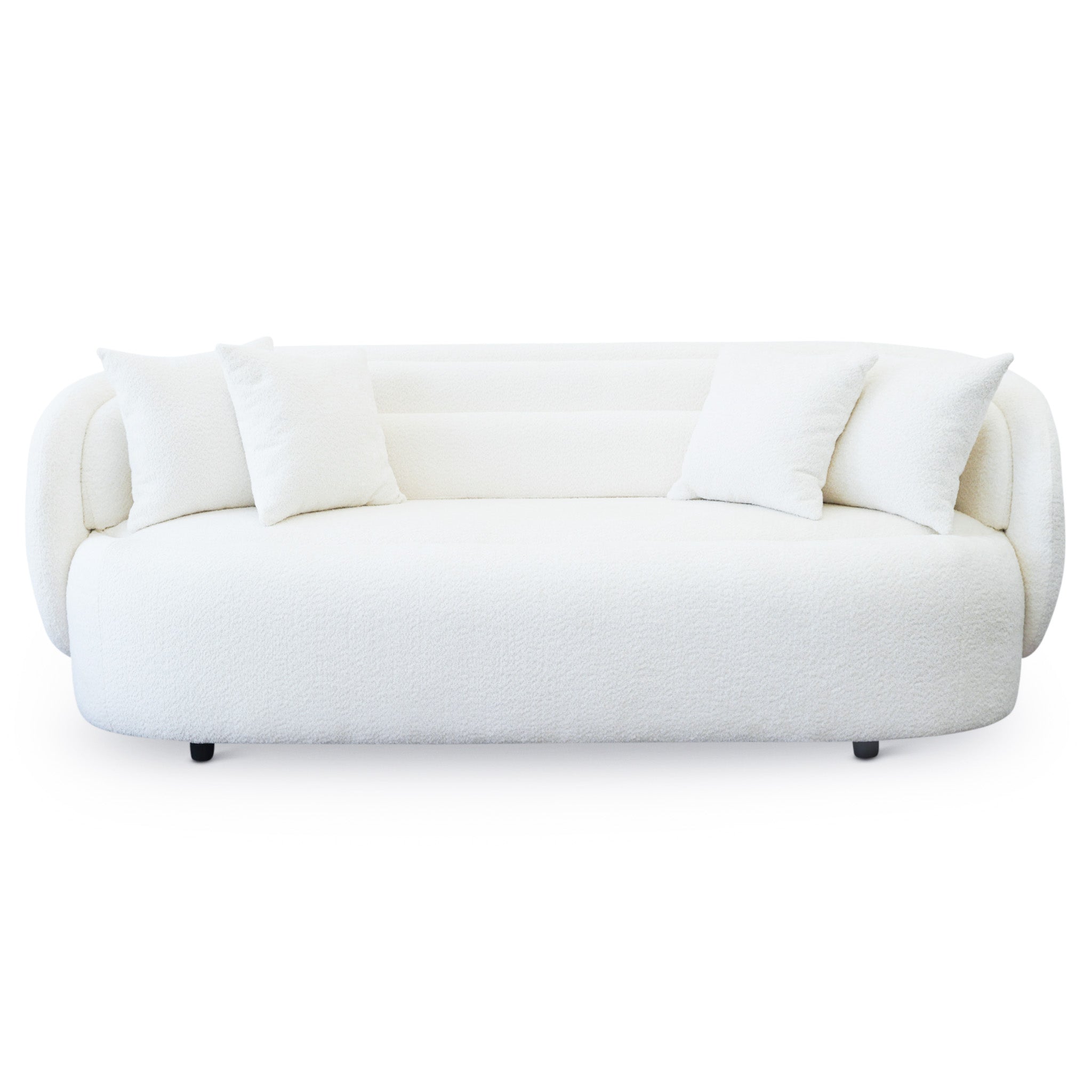

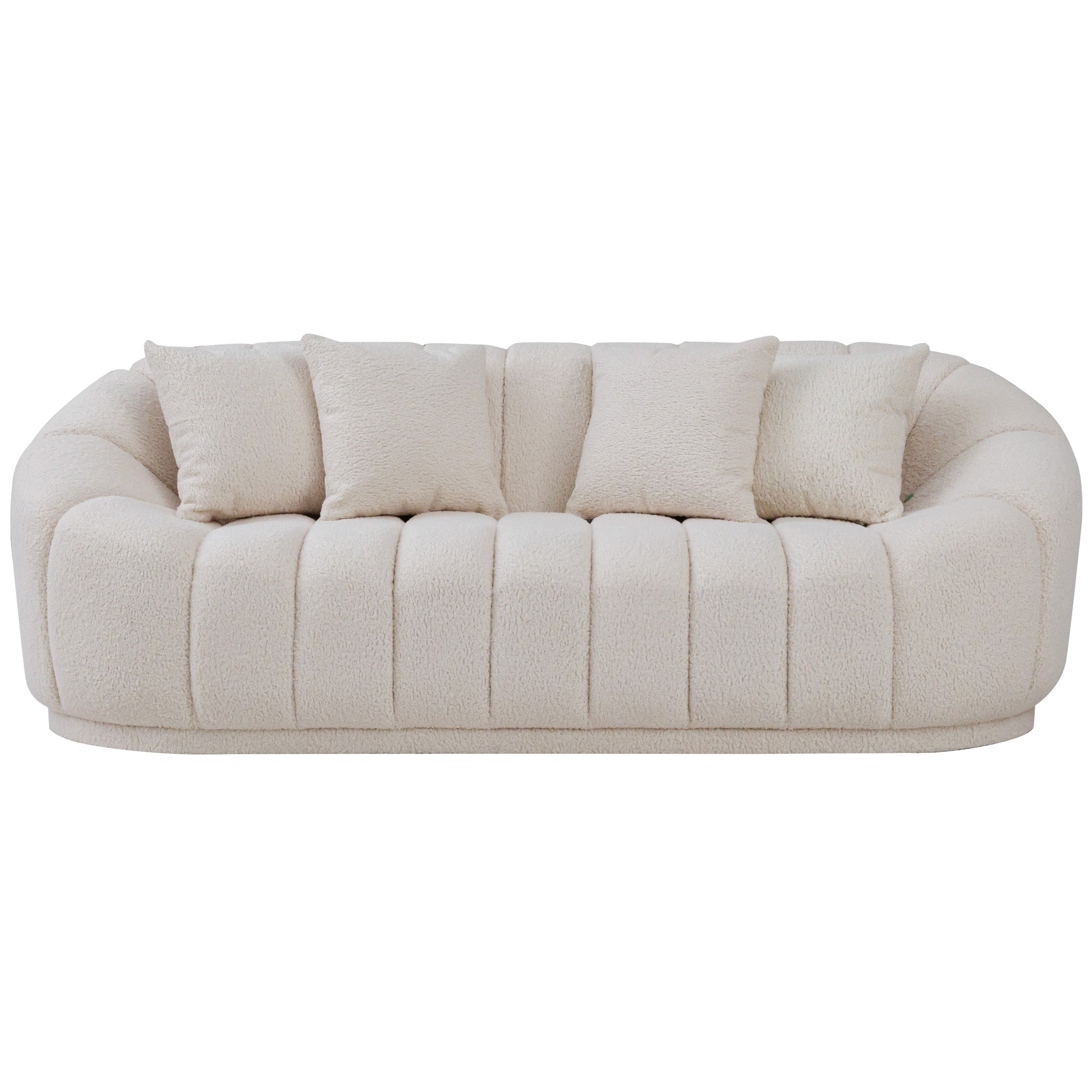
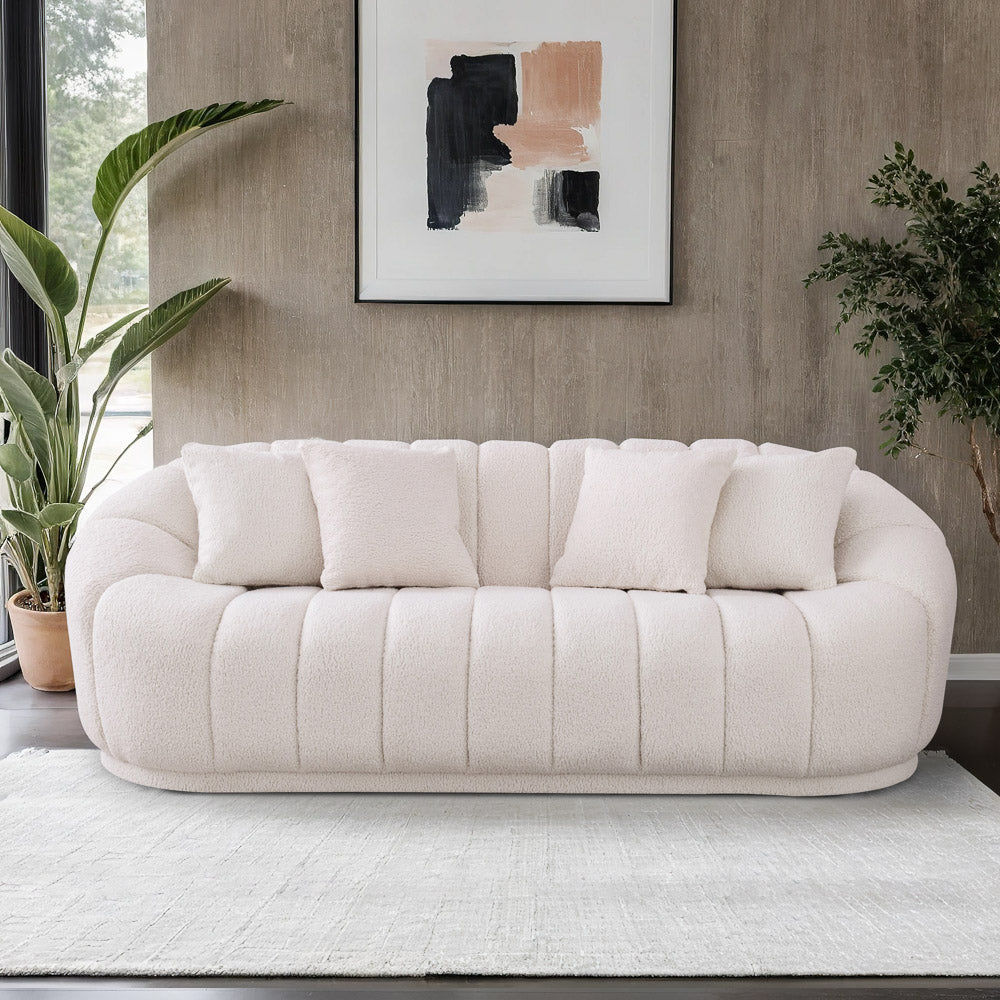
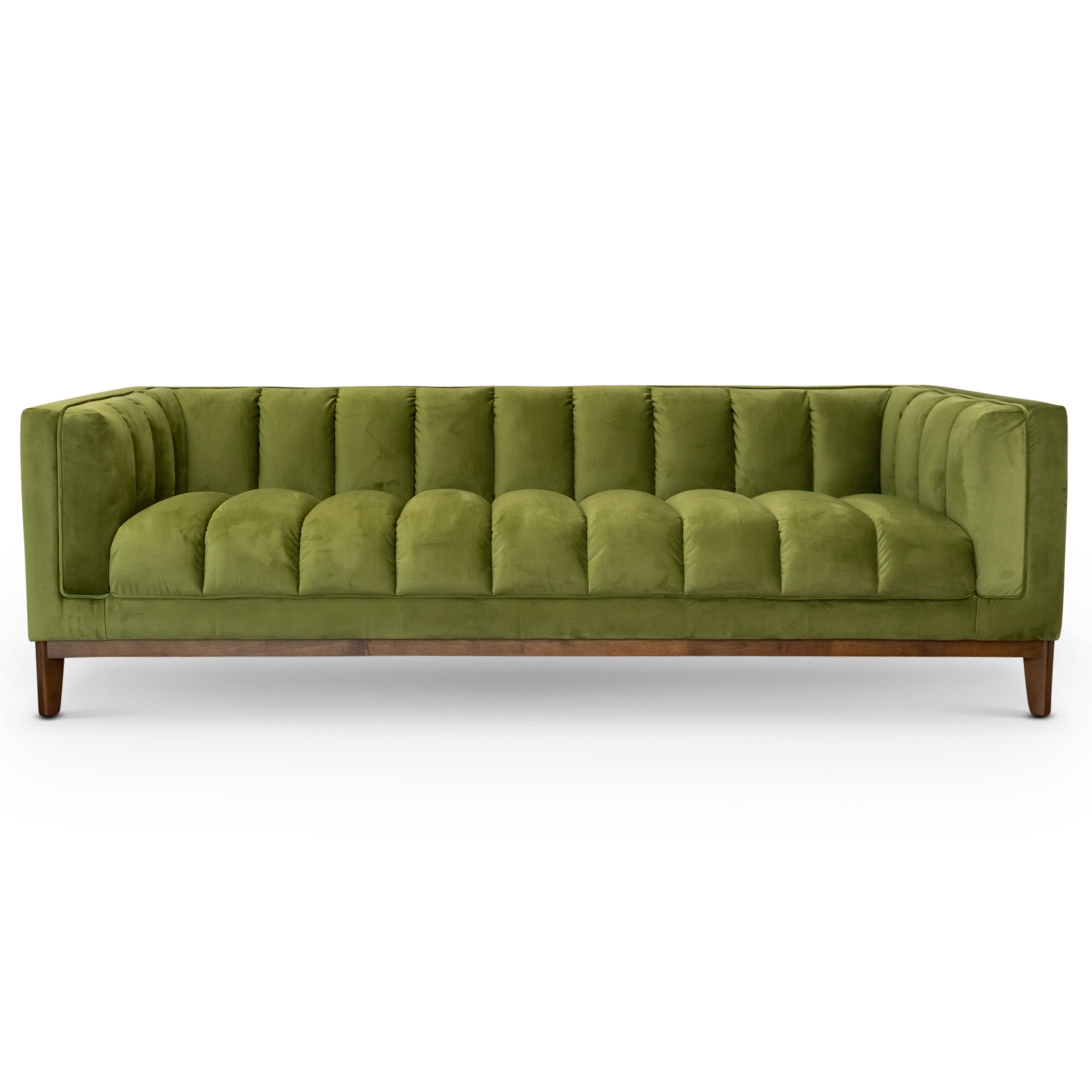

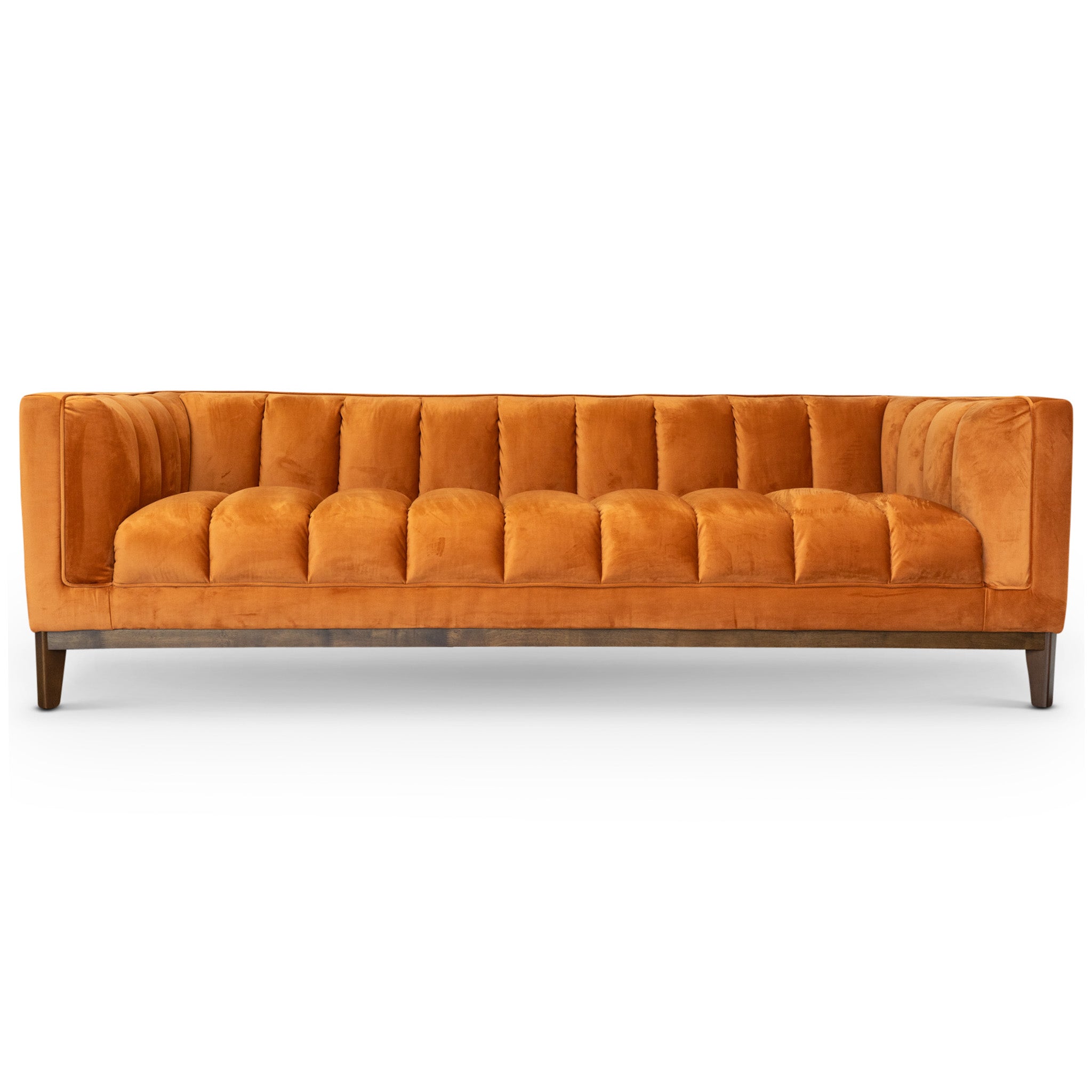
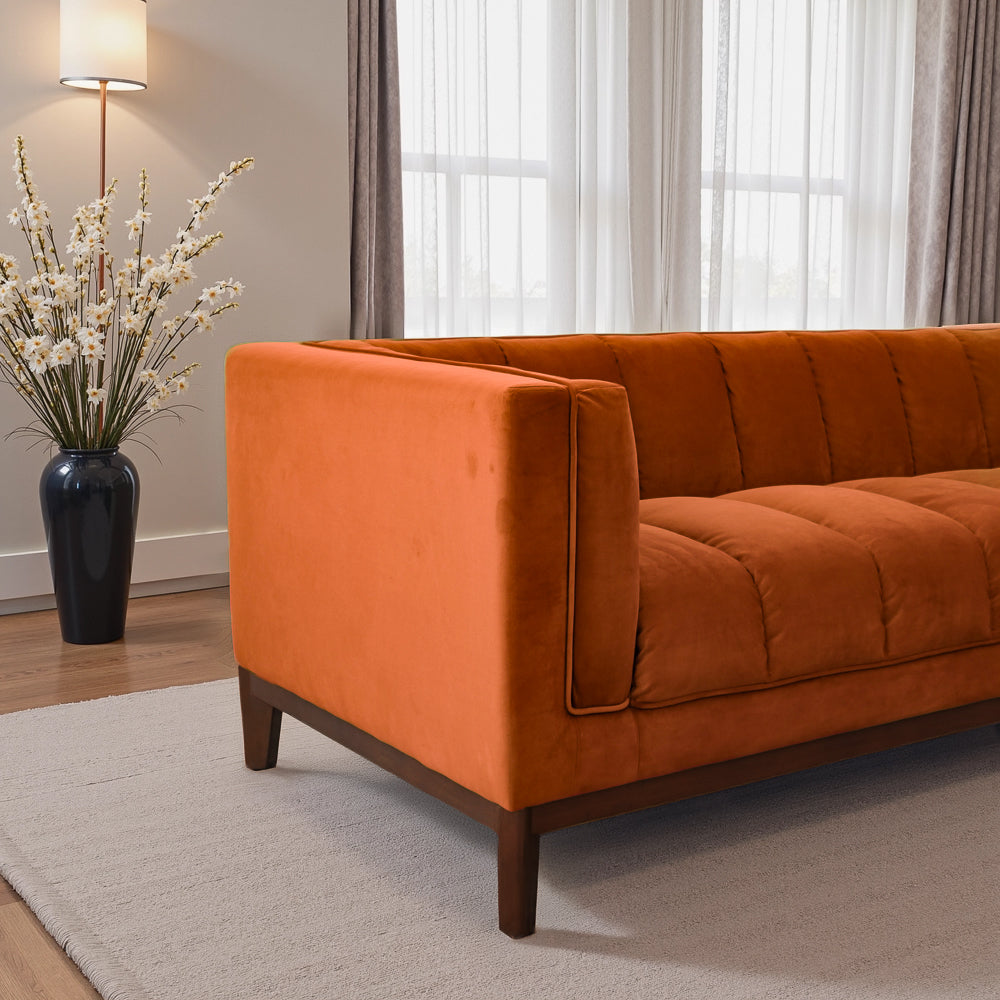
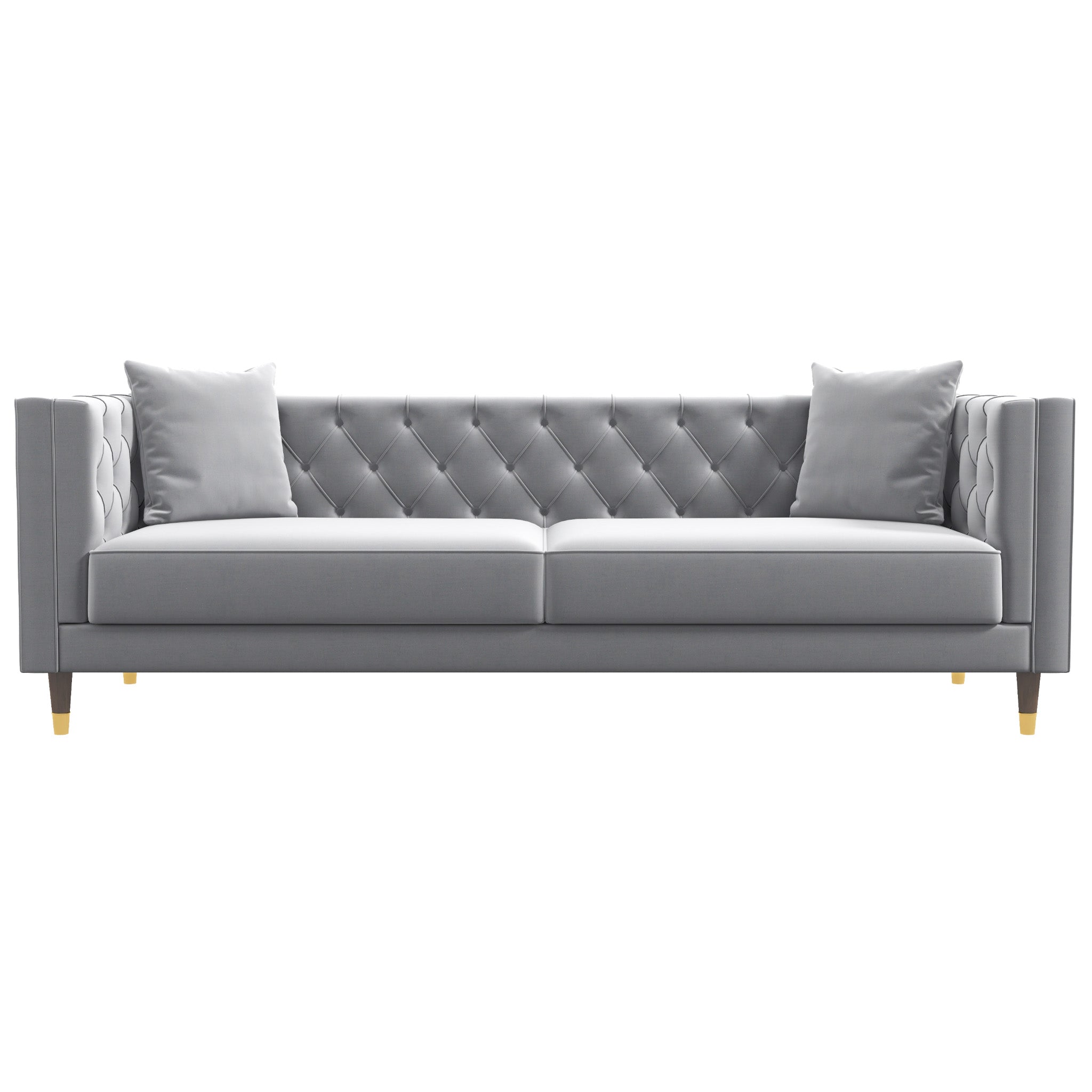
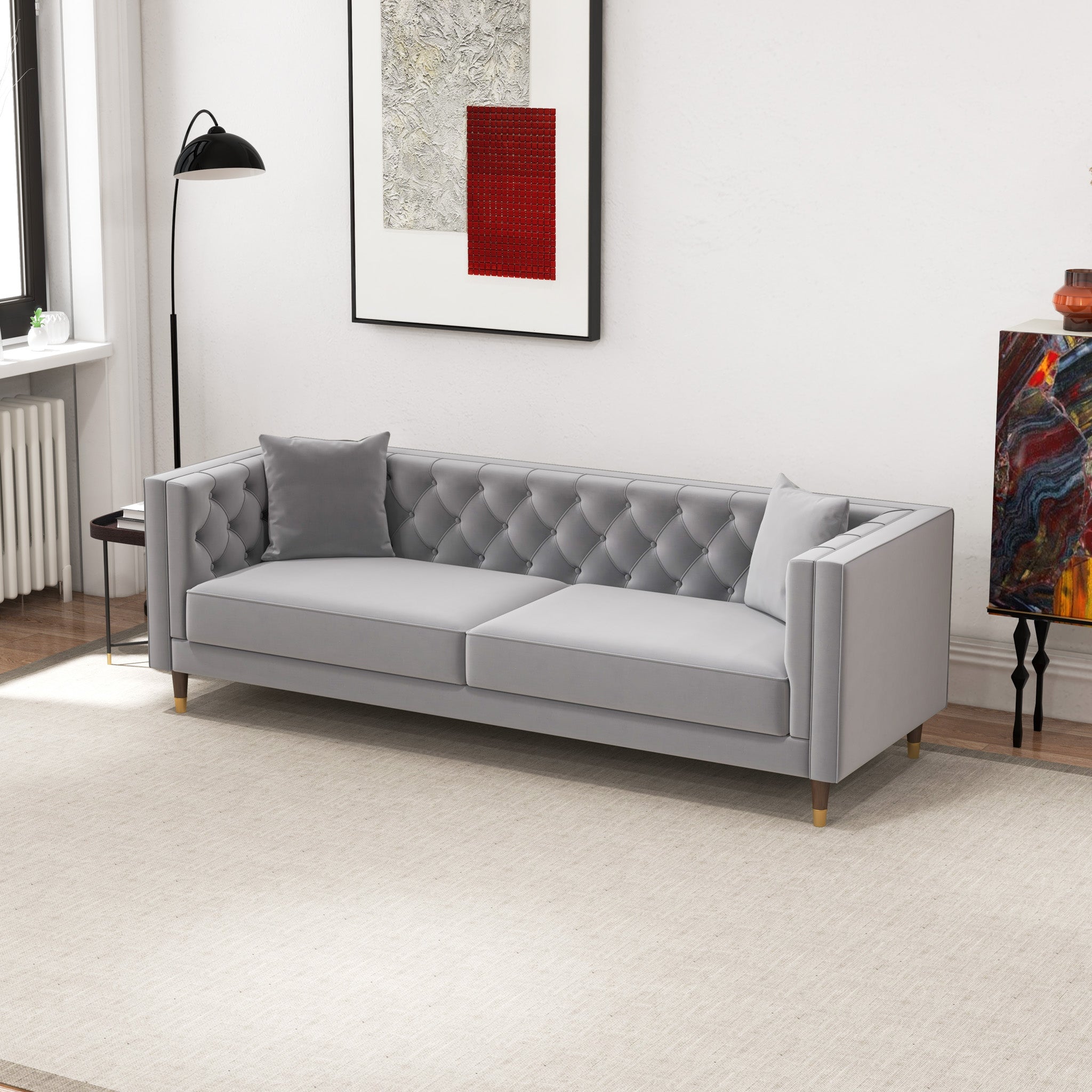
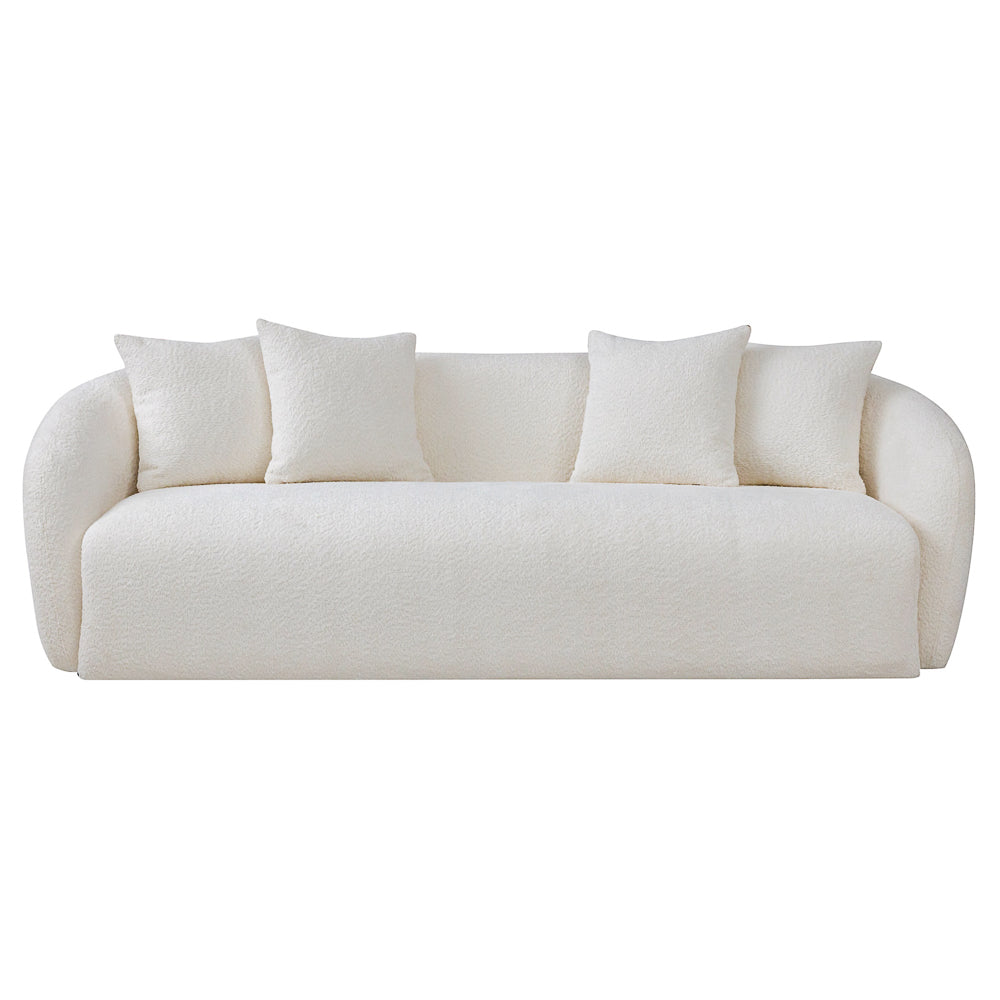

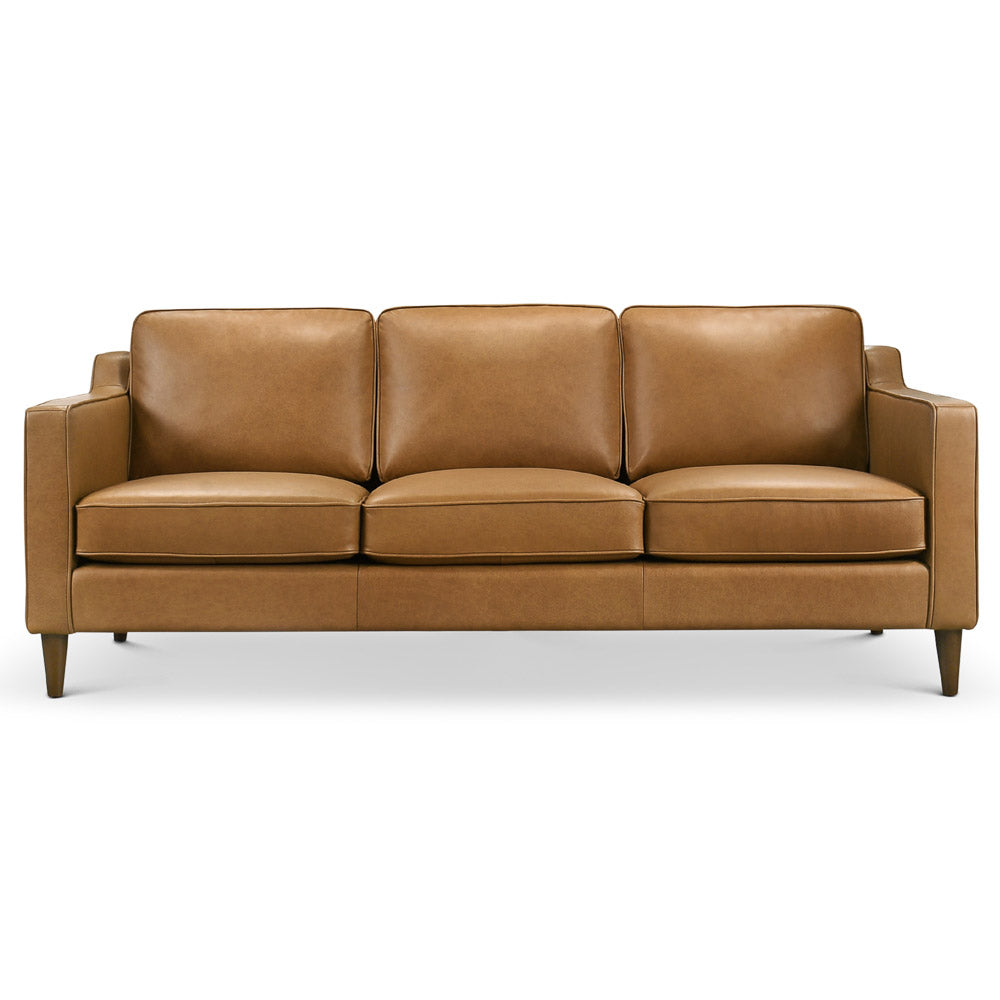
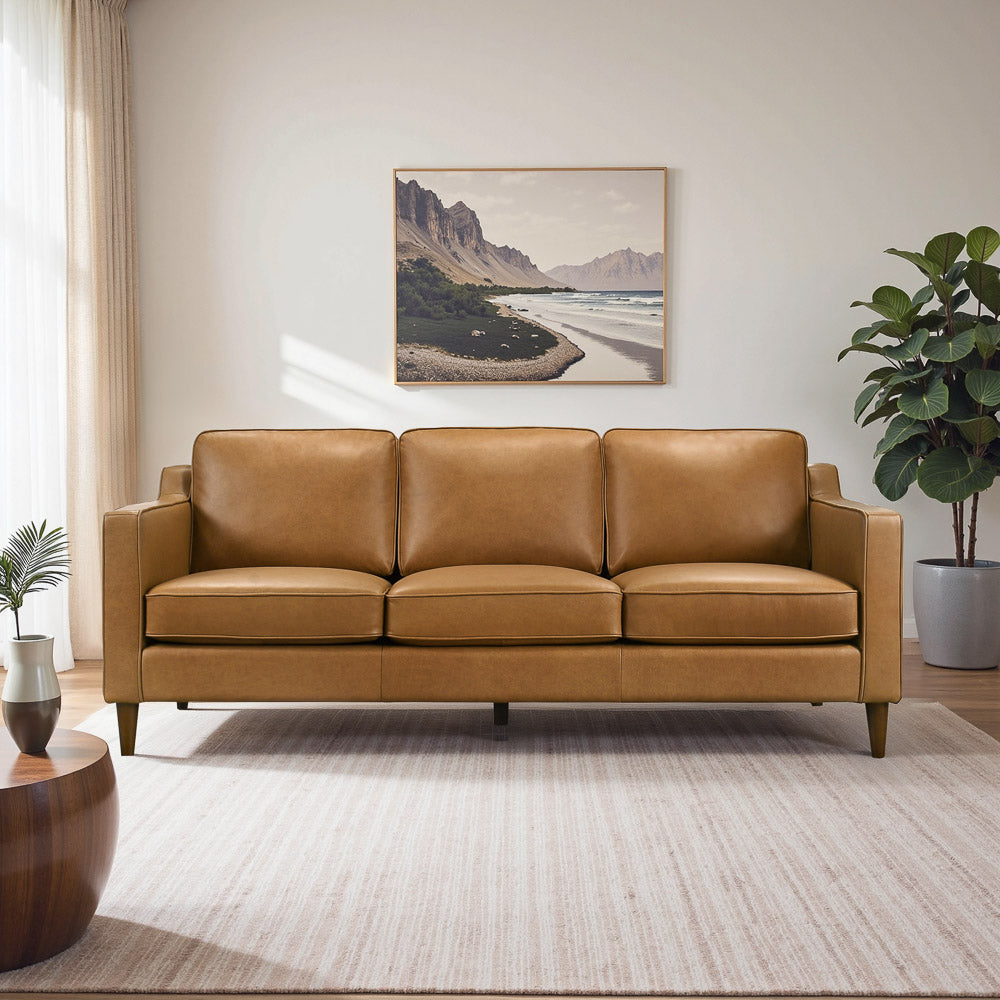
Leave a comment
This site is protected by hCaptcha and the hCaptcha Privacy Policy and Terms of Service apply.